

Damion Smy
China introduces “no fire, no explosion” EV battery standards
54 Minutes Ago
We lost a great many cars in 2020, from pert electric hatchbacks to stately limousines to two entire brands' worth of vehicles.

News Editor
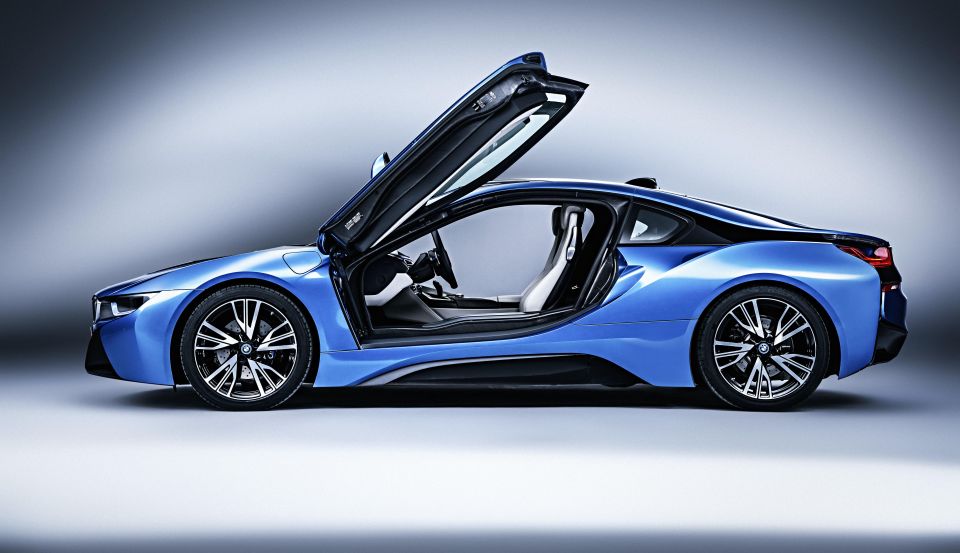

News Editor
Looking back at a year of discontinued cars, there isn’t a theme that’s immediately apparent. They’re not all passenger cars felled by SUVs, with slower-selling crossovers like the Ford Endura and Jeep Renegade also on the list.
Some have lived a long life, like the Lexus GS, while others like the Ford Focus wagon have disappeared almost as quickly as they appeared.
Let’s take a look at the cars that won’t be returning for 2021.

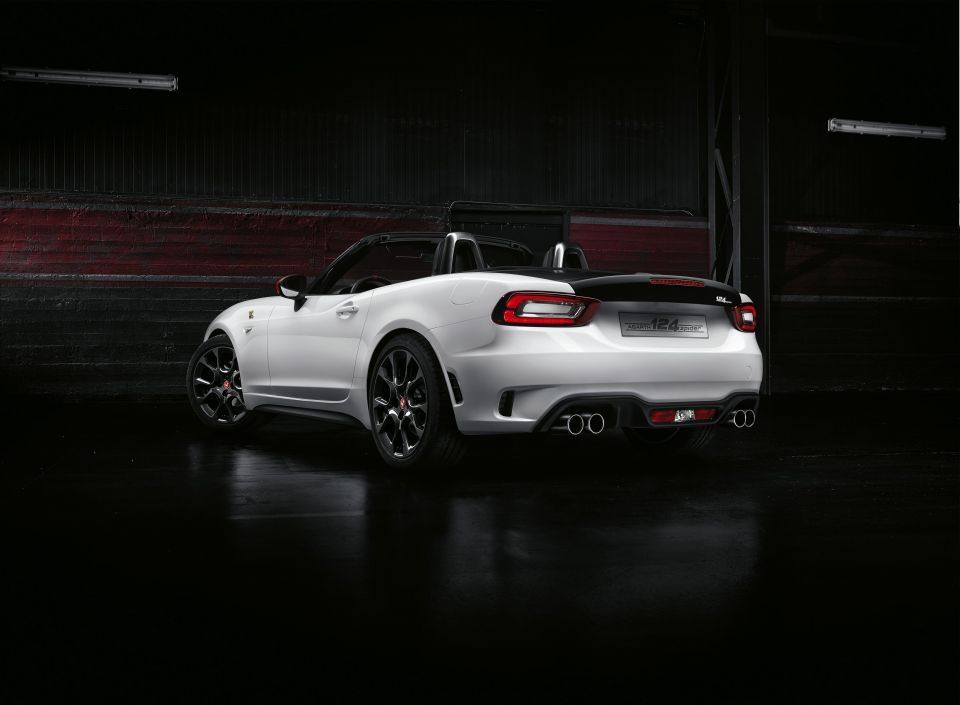
Sometimes fusion doesn’t work. Take the Alfa Romeo Arna, for example, which was a Nissan Cherry (Pulsar) manufactured by Alfa Romeo in Italy. Alfa copped a lot of flack for that one but its eventual parent, Fiat, more than made up for it with the Fiat and Abarth 124 Spider.
Effectively a restyled Mazda MX-5 with a Fiat turbocharged 1.4-litre four-cylinder engine under the bonnet, the 124 Spider was available in Australia only in slightly spicier Abarth guise.
Despite its heritage nameplate, harkening back to the 124 Sport Spider sold from 1966 to 1985, the Japanese-built 124 Spider lived in the shadow of its Mazda platform-mate.
Last year, Fiat Chrysler Australia sold 101 of them, or less than a quarter of the Mazda MX-5’s number. While enthusiasts would mutiny if Mazda ever killed the MX-5, the Abarth 124 Spider has managed to quietly disappear into the night.
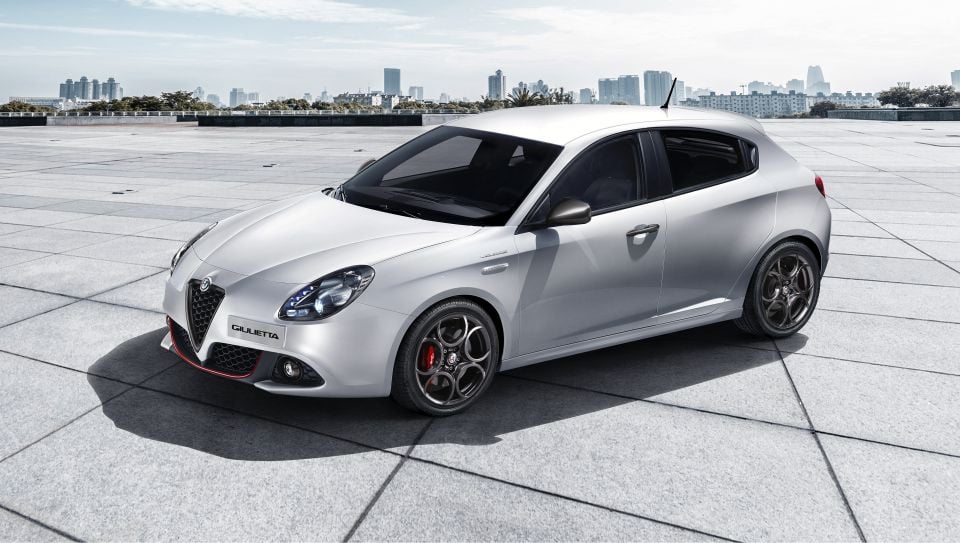
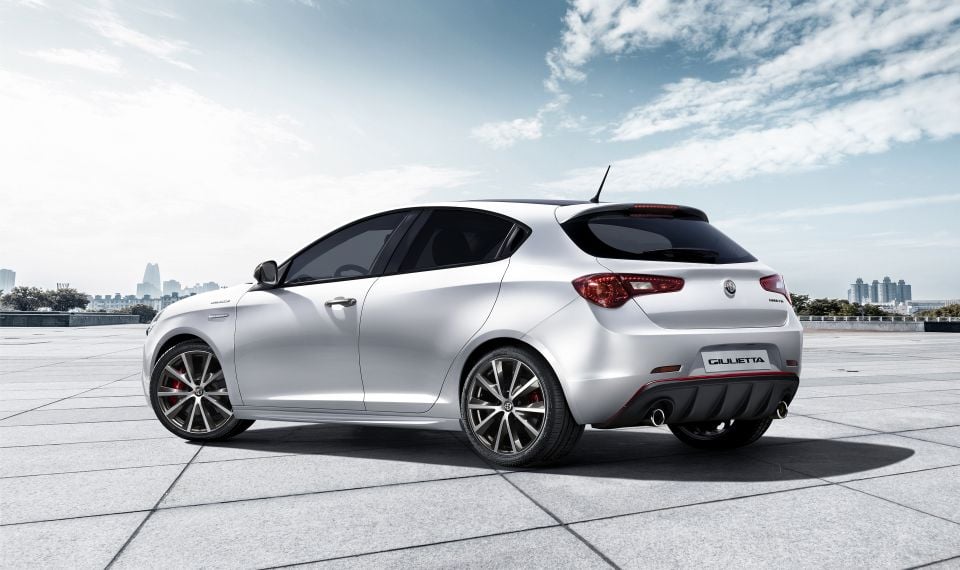
Alfa Romeo has been slowly hemorrhaging future product with each successive five-year plan revealed by Fiat Chrysler Automobiles, with GTV and 8C revivals, a large sedan and SUV, electrified Giulia and Stelvio models and a Giulietta replacement all ending up on the cutting room floor.
Like many products in the FCA stable, from the Fiat 500 to the Chrysler 300, the Giulietta was getting quite long in the tooth. First launched in 2011, it’s served as Alfa’s entry-level product since the MiTo’s axing in 2016. European sales have slumped badly and though the C-segment is still big business there, Alfa is pulling out.
Alfa Romeo will indirectly replace the Giulietta with the new Tonale crossover, with a smaller crossover slotting underneath that. That is, unless FCA scraps that future model, too.
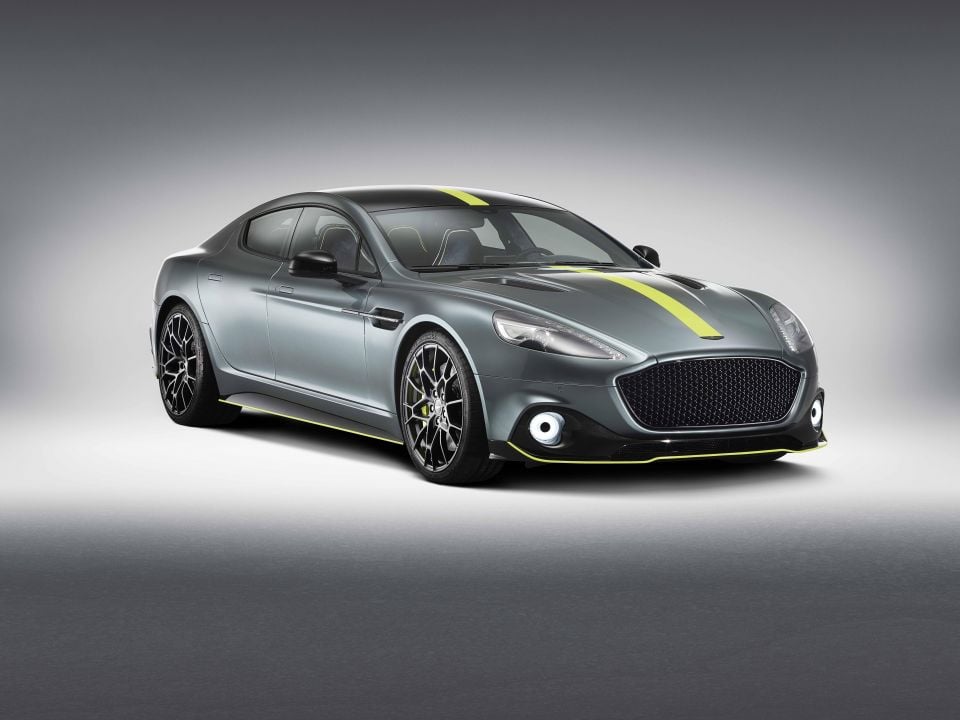
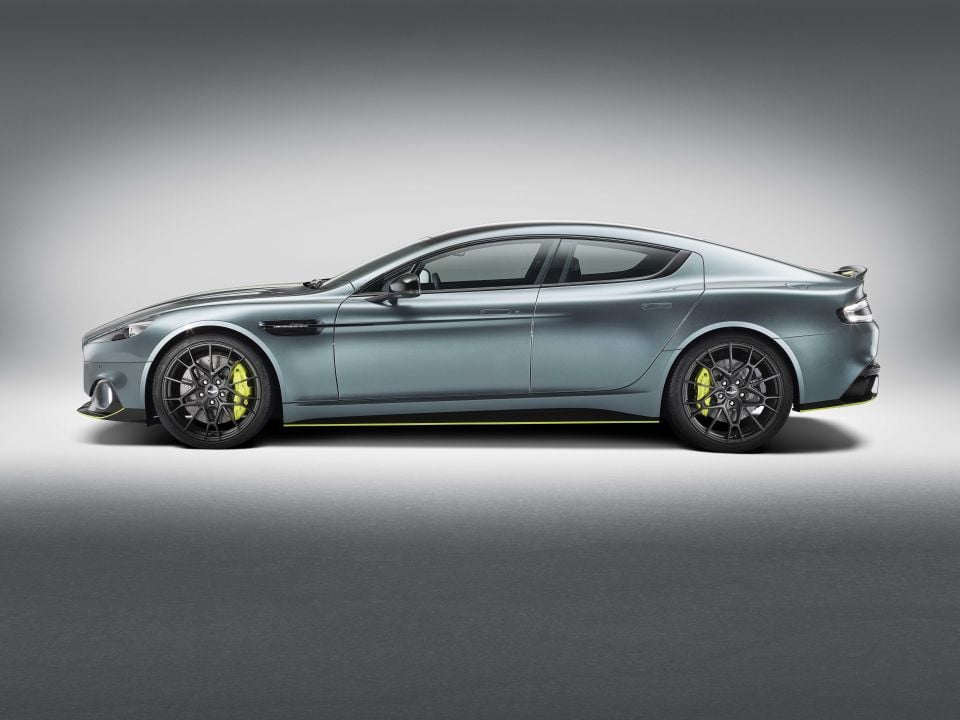
After a decade, Aston Martin has ended production of its first sedan since the Lagonda. While that model was certainly an acquired taste, the breathtaking Rapide’s stretched DB9 styling had more universal appeal, even if it wasn’t exactly conducive to a roomy cabin.
Lamborghini revealed its gorgeous Estoque sedan concept in 2008 but decided to put the Urus SUV into production instead, and Aston Martin would have been wise to introduce the DBX or an SUV like it instead of the Rapide. Perhaps, then, it wouldn’t be in the dire financial straits it’s in today, but then we never would have gotten the gorgeous Rapide with its old-school 5.9-litre V12 engine.
With the DBX here now with its more practical SUV body and twin-turbocharged V8, the Rapide’s time is up. The last model to be offered was the striped AMR.

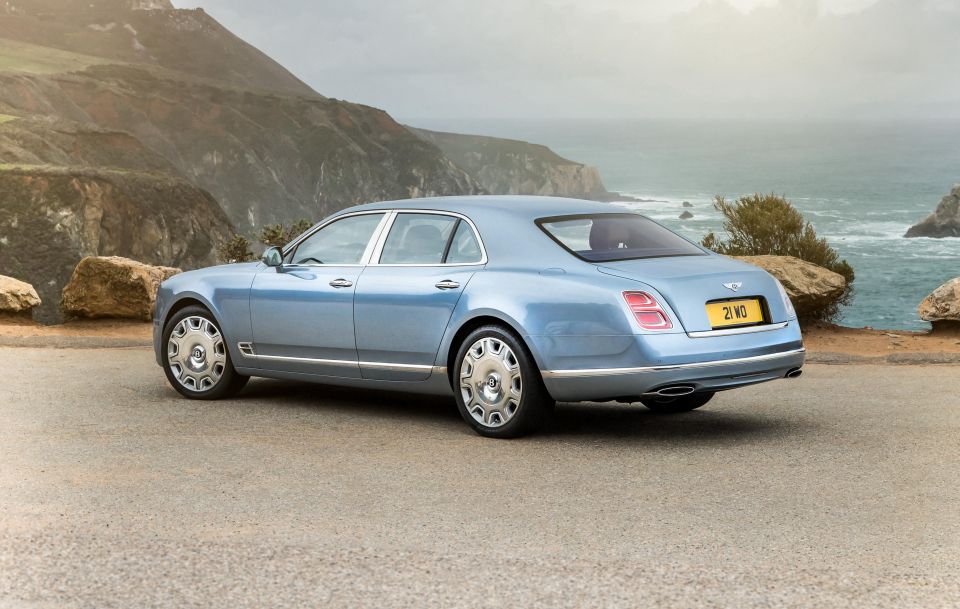
Bentley ended production of two giants this year: one in terms of physical size, one in reputation.
With the demise of the flagship Mulsanne, Bentley also ended production of its 6.75-litre V8 engine after six decades. This came ahead of Bentley’s announcement it’d become an all-electric brand in 2030 and would introduce a new flagship.
Quite what that will look like or what it’ll be called isn’t yet known, but we imagine it’ll be a very different beast to the stately, decade-old Mulsanne and its twin-turbocharged V8 engine. For now, well-heeled buyers after a Bentley sedan will need to look at the recently redesigned Flying Spur.

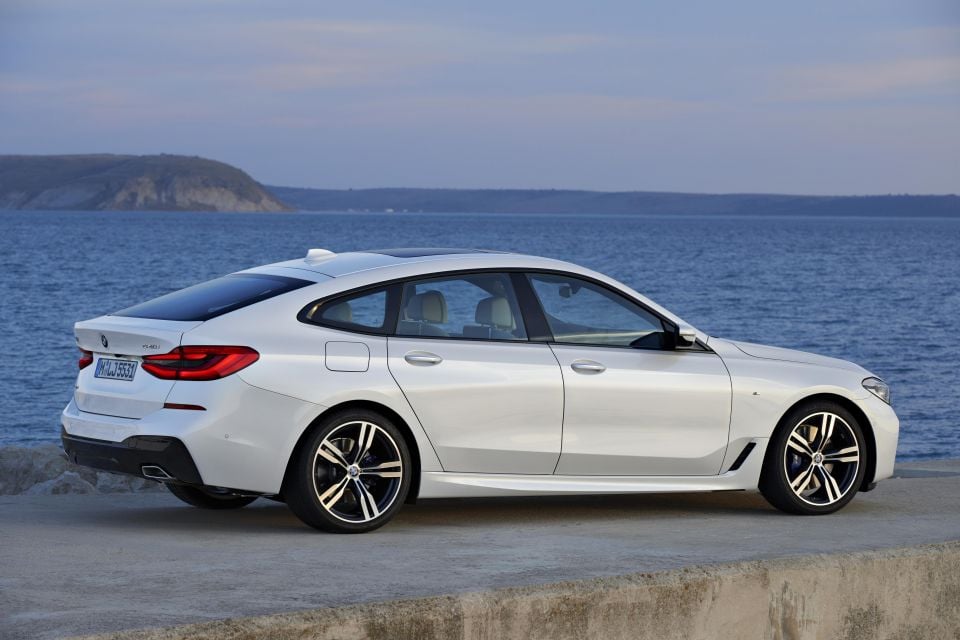
While the 6 Series Gran Coupe, coupe and convertible have been gone for a few years now, there was another, oft-forgotten member of the 6 Series family available until this year.
In a confusing turn of events, the 5 Series GT – a tall hatchback largely based on the 7 Series – was replaced by the 6 Series GT, which owed more to the 5 Series than the 6 Series.
It was sleeker than the 5 Series GT but not quite as rakish as the Audi A7, and its muddled positioning did it no favours. Just 54 were sold in 2019, down from 88 in 2018, while BMW sold 964 examples of its similarly-sized 5 Series sedan and wagon.
Despite a recent bulk purchase of the 6 GT by the Australian Government for use in the COMCAR fleet, there just wasn’t enough of a market for this unusual hatchback here. It’s received a facelift in Europe like the 5 Series but we won’t be getting the updated model.
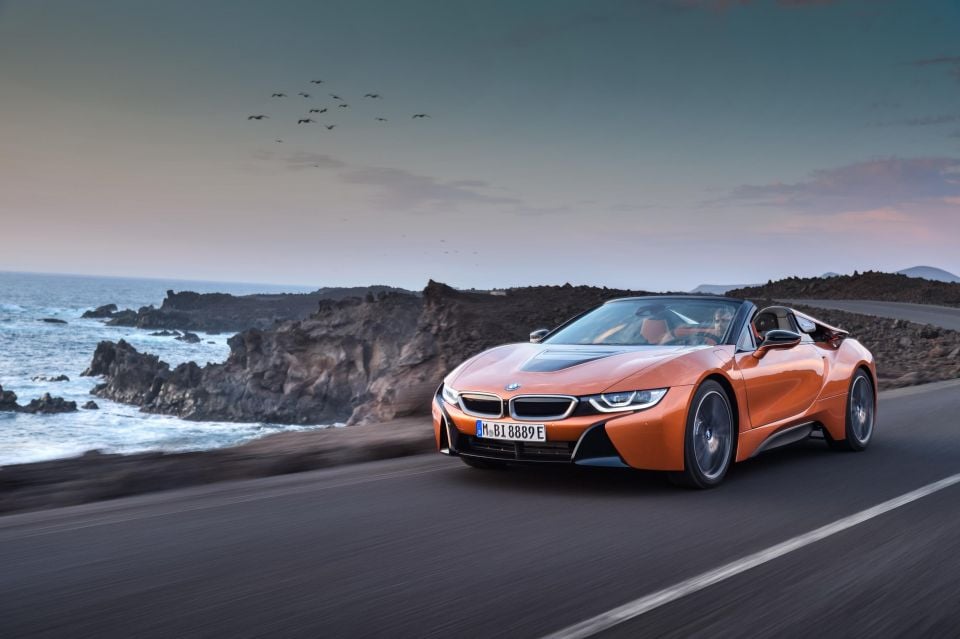
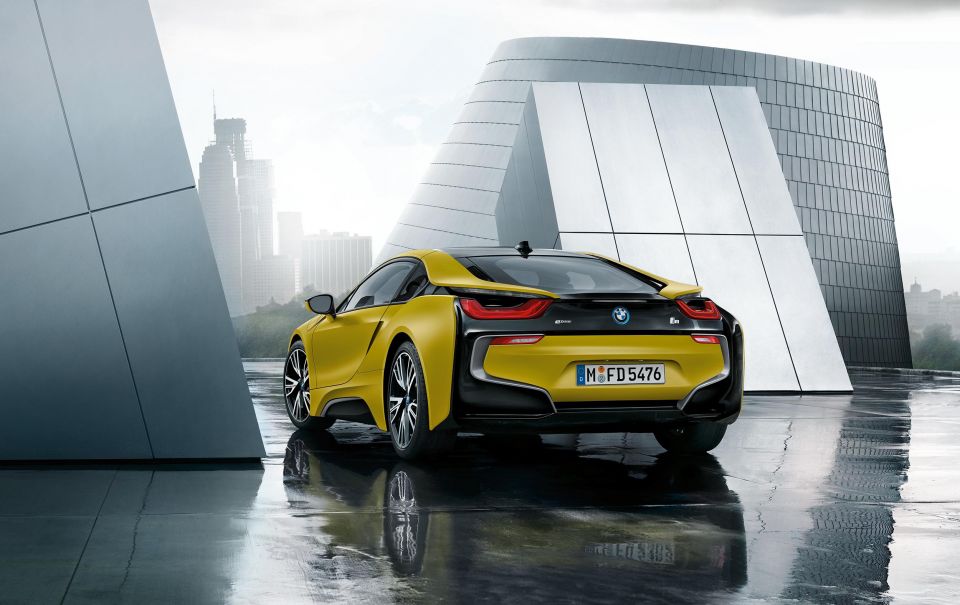
The i3 and i8 helped usher in the electrified era at BMW – the i3 for electric vehicles, the i8 for plug-in hybrids – with both offering daring styling unlike that of any other BMW before or since.
Now, they’re passing their respective torches. BMW is continuing to roll out plug-in hybrid versions across much of its range and will soon offer electric versions of many of its models, too, plus the new iX on its own EV platform.
None of those new electrified Bimmers will be quite as jaw-dropping as the i8 with its combination of a slinky silhouette, butterfly doors, 50:50 weight distribution and bespoke carbon fibre-and-aluminium underpinnings.
While a turbocharged three-cylinder engine might sound mightn’t sound that impressive for a $300,000+ sports car, the i8 was still good for a 0-100km/h time of 4.4 seconds. And besides, just look at it.
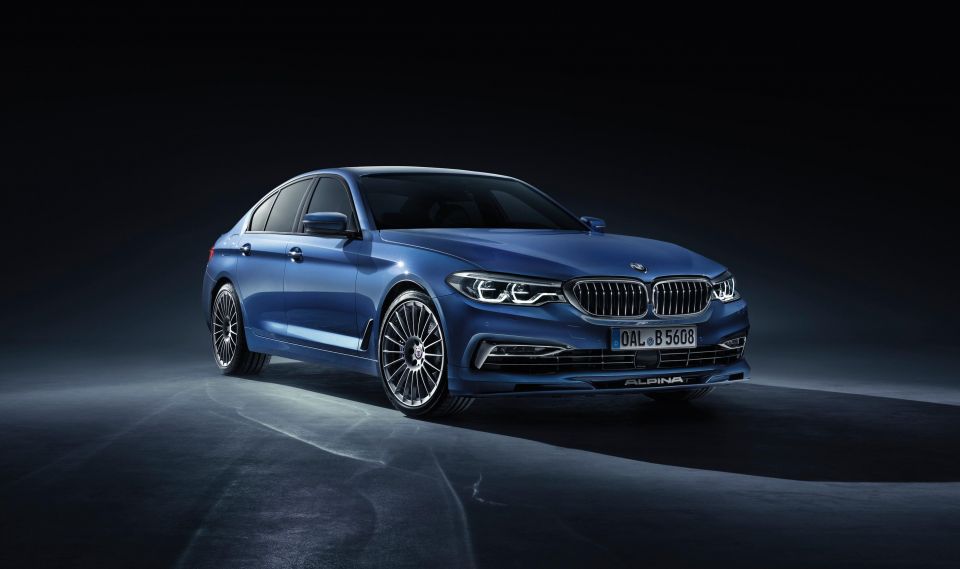
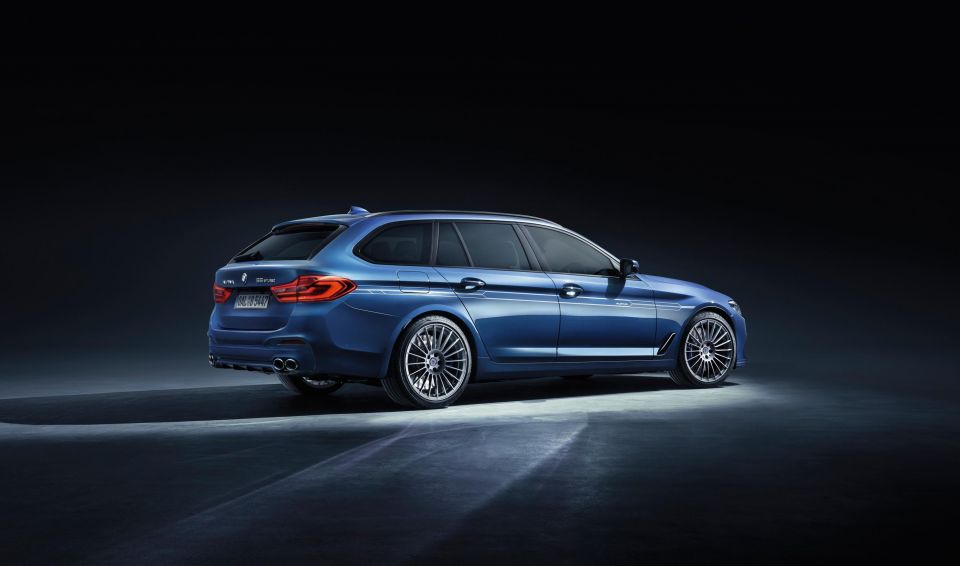
BMW Alpina’s hotted-up 5 Series has been given a facelift like its donor model but we won’t be getting it here. Instead, the new BMW X7-based XB7 will serve as the brand’s flagship when it arrives early next year.
Packing a twin-turbocharged 4.4-litre V8 engine with 447kW of power and 800Nm of torque, the B5 sedan and B5 Touring had the trademarks of an Alpina upgrade, including extra power but a comfort-focused suspension ideal for soaking up miles on the Autobahn. There were also discreet styling changes and the tuning firm’s distinctive multi-spoke alloy wheels.
Alpina is still finding its footing in Australia but as buyers get to know the brand, they’re more likely to associate it with SUVs – just one of the three 2021 Alpina lines is a passenger car.
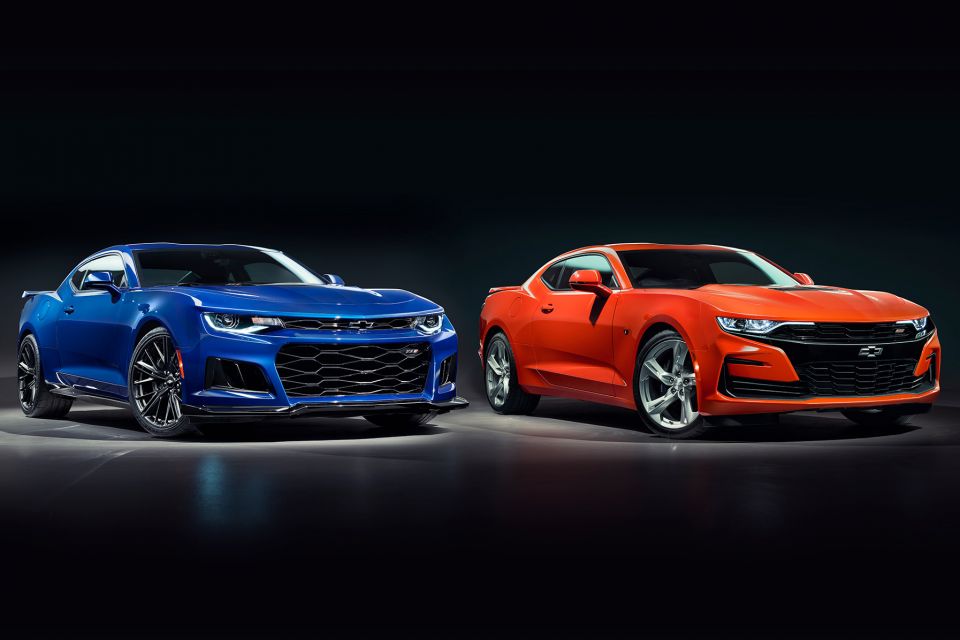
Though Holden Special Vehicles has gone, the Chevrolet Silverado 1500 lives on. It’s been effectively lifted and shifted to the new General Motors Specialty Vehicles line which will also be host to the factory right-hand drive Chevrolet C8 Corvette next year. The Camaro, meanwhile, has been quietly axed.
It always had the odds stacked against it. The Camaro nameplate, despite being just three years younger than the Ford Mustang’s, arguably has less name recognition in Australia.
The absence of a factory right-hand drive program like the Mustang’s also forced HSV to convert it locally, resulting in a much higher price than the Ford – over $20,000 if you compared the Camaro SS to the V8 Mustang GT.
Though it had a terrific chassis and aggressive looks – if at the expense of outward visibility – the Camaro’s higher price was arguably what sealed its fate. Whether it reappears under the GMSV banner at a later date is yet to be confirmed.
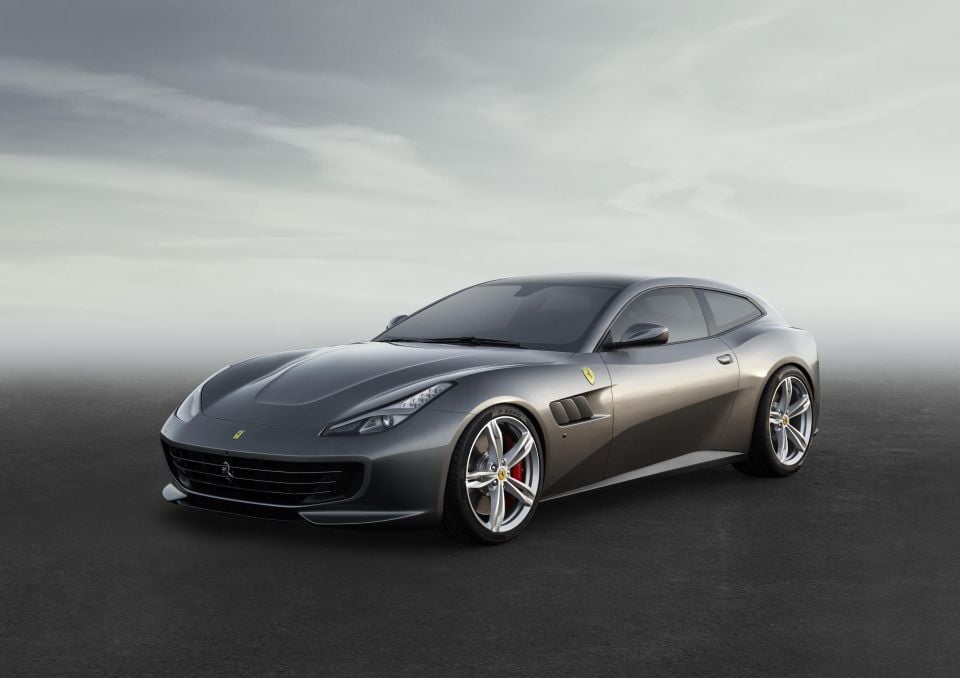
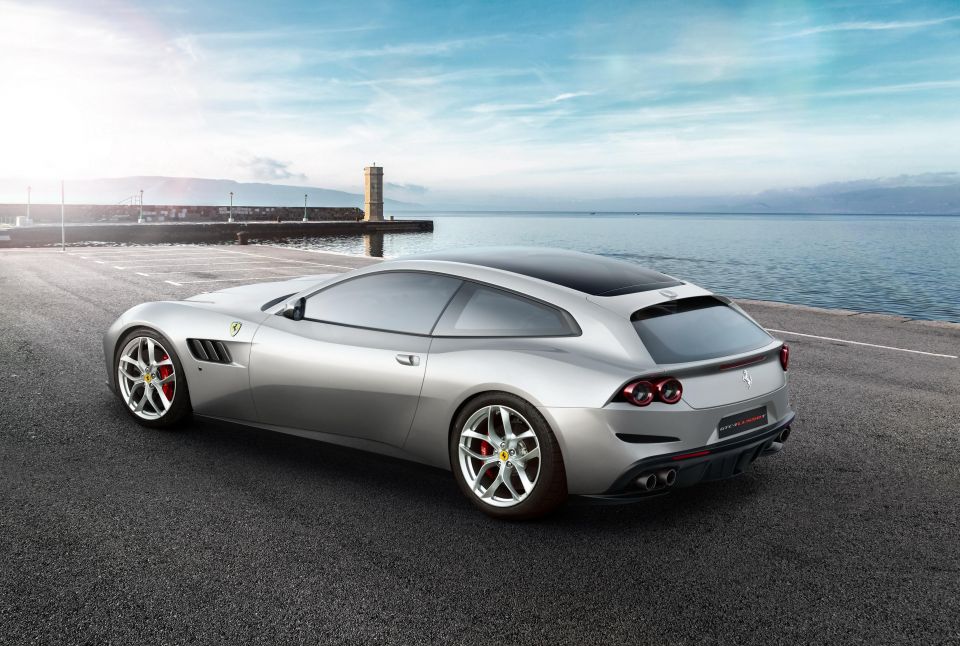
Ferrari’s range is about to get a transfusion. The Purosangue (“pure blood”) SUV is due in 2022, which means the Prancing Horse brand is ending production of the GTC4Lusso.
A peculiarly practical Ferrari, this front-engine, four-seater, shooting brake-style grand tourer replaced the FF. It brought more resolved styling plus a choice of naturally-aspirated V12 and twin-turbocharged V8 engines, the former with more power and the latter with more torque.
The Purosangue will be taller and more practical but we don’t think it’ll be quite as cool as the GTC4Lusso.

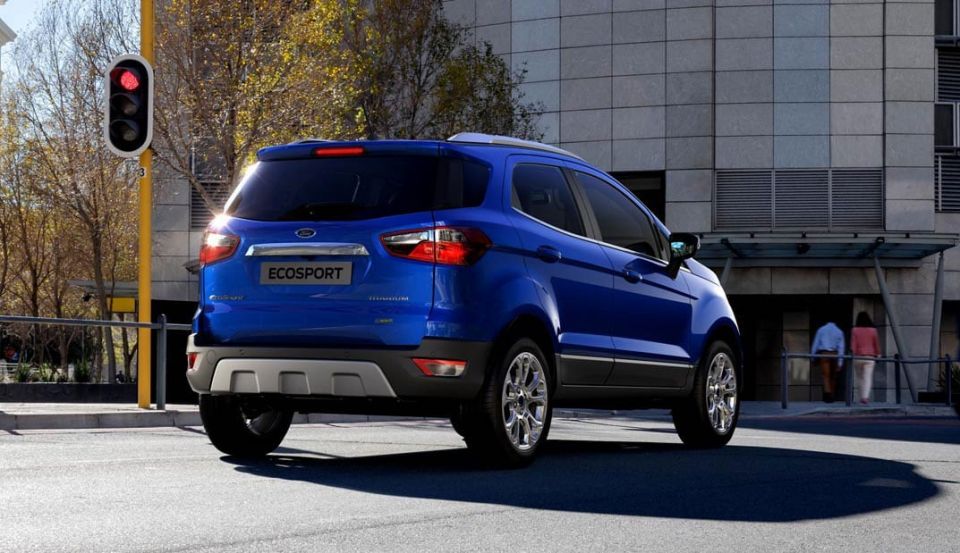
Here are three numbers that should assure Ford made the right decision in axing the EcoSport. Despite having a base price around $7000 higher, Ford has sold 467 examples of the new Puma light SUV it introduced only a few months ago. That’s more than the 456 EcoSports it sold during the whole of 2019.
Introduced locally in 2013, the EcoSport was the second generation of a model line initially developed for Latin America. Its scope was expanded for its second series, with Ford introducing it to China and India and eventually even Europe and North America.
Feeling a little too much like an SUV for developing markets, it was given a substantial refresh for 2018 to make it feel a little more premium. But by this point, its mediocre sales numbers had continued to decline and even its relatively low price failed to entice buyers.
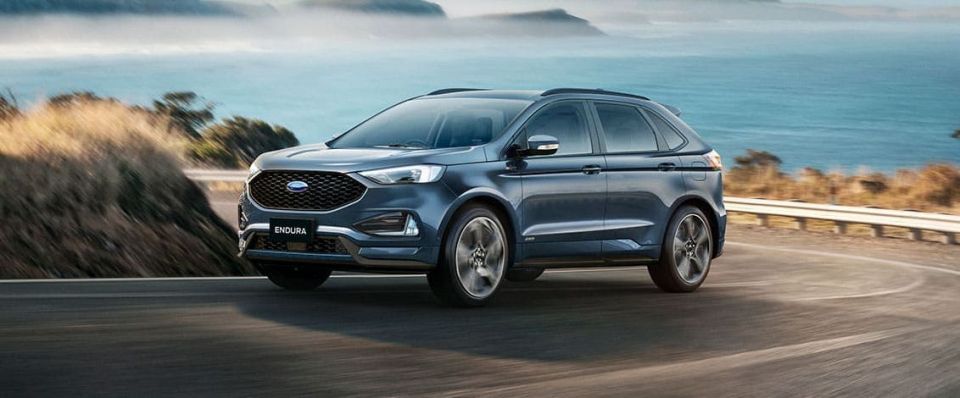

The Canadian-built Endura, known as the Edge in most of the world, was exported to Europe, the UK, Australia and New Zealand. Here, it and the Ranger-based Everest were pitched as replacements for the popular Territory. Combined, both models haven’t performed as well as the Territory did most years and the Endura has been a particularly disappointing seller.
The writing was on the wall for the Endura when it started disappearing from overseas markets. With Australia the last right-hand drive market remaining, it was only a matter of time before the axe fell.
While a comfortable, spacious crossover, it arguably proved to be too much of a niche product – a large, primarily road-going crossover SUV but with only a diesel engine and without a third row of seats.
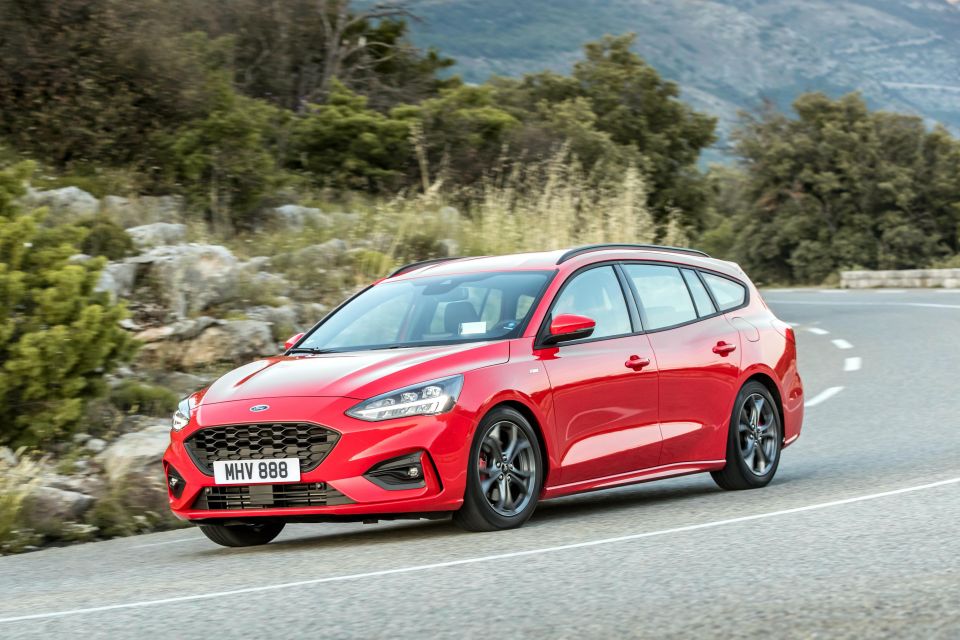
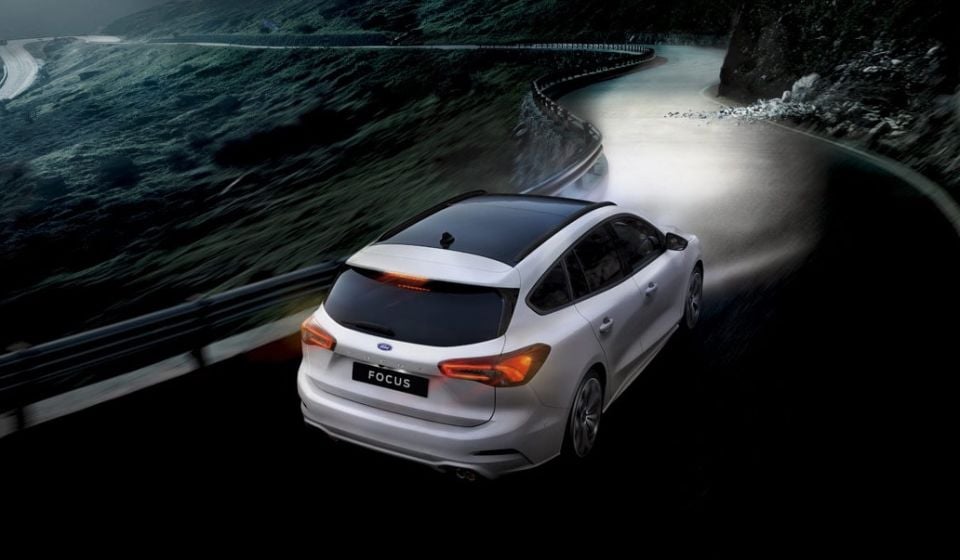
It took four generations of Ford Focus for us to finally get the wagon here and now it’s gone after just two years on the market.
Introduced as part of the fourth-generation range in 2018 and only in ST-Line trim, it used the same turbocharged 1.5-litre three-cylinder engine as the Trend and Titanium hatchbacks which were also axed this year. Unlike those models – and the surviving ST-Line and Active hatches – it used an independent rear suspension instead of a simpler torsion-beam.
Despite a comprehensive range, the new Focus has been selling about as well as the Subaru Impreza and the defunct Holden Astra. That puts it well behind sales leaders like the Hyundai i30 and Toyota Corolla, which outsell it 10-to-one. Small wagons are niche sellers so cutting the wagon was likely an easy decision for Ford to make.
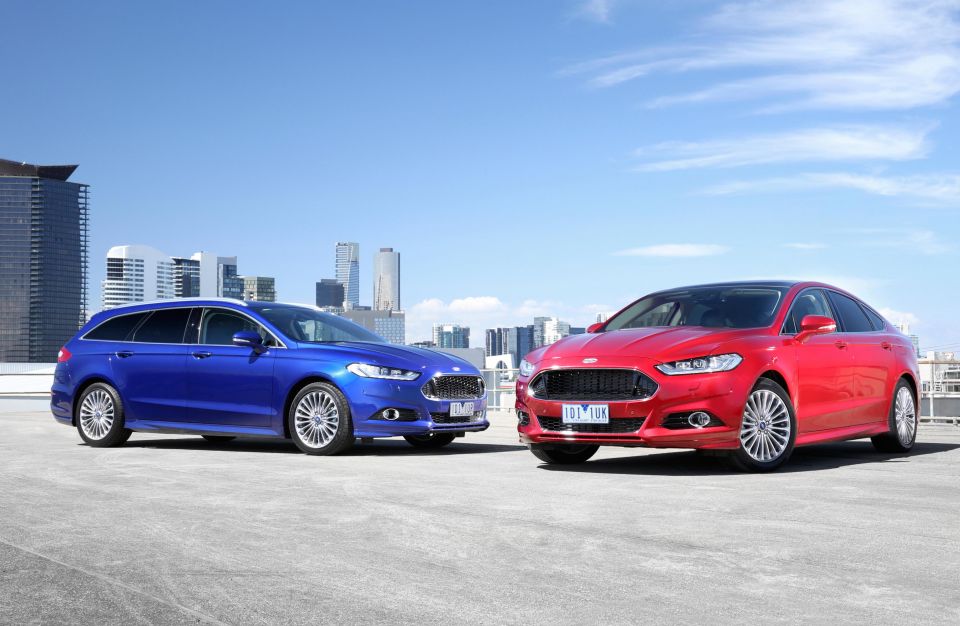
To paraphrase Rodney Dangerfield, the Ford Mondeo don’t get no respect. And it never has, at least not in Australia. Seriously, this criminally underrated mid-sized hatchback and wagon has struggled in the sales race in each of the three generations sold here.
Ford wisely avoided slapping the Falcon nameplate on it when it ended local production of that car, avoiding the outrage Holden generated with its ZB Commodore (née Opel Insignia). Besides, Ford had been selling the Mondeo alongside the venerable Falcon for some time, if never in anywhere near the same numbers.
For 2020, Ford pared the Mondeo range down to just a single trim level and powertrain – the base Ambiente diesel – in hatchback and wagon guise, though it received some extra kit. But no matter how comfortable or well-equipped, the Mondeo just couldn’t stay afloat in a segment where nothing sells particularly well except the Toyota Camry and, to a much lesser extent, the Mazda 6 and Skoda Octavia.
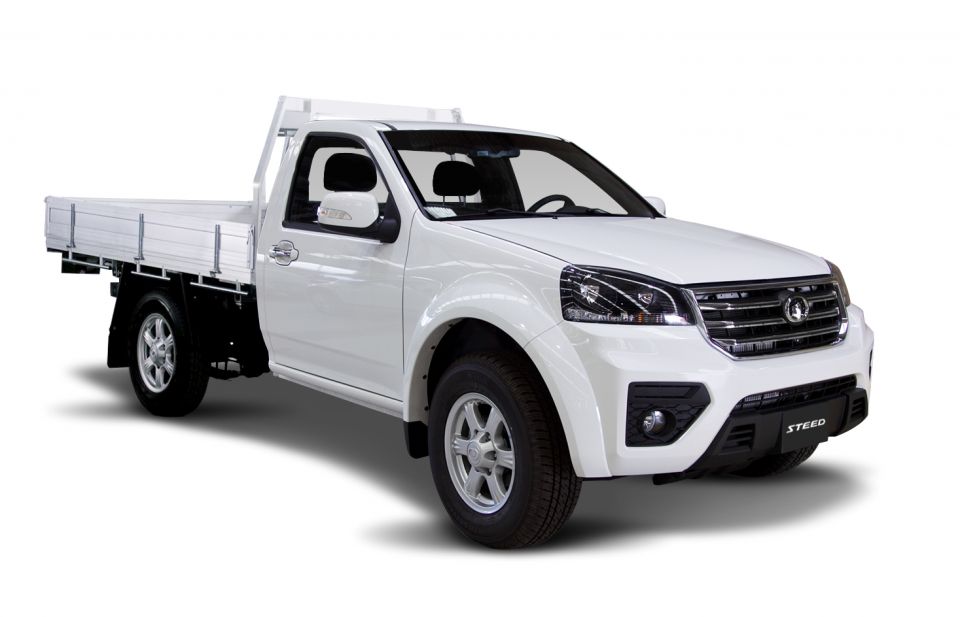
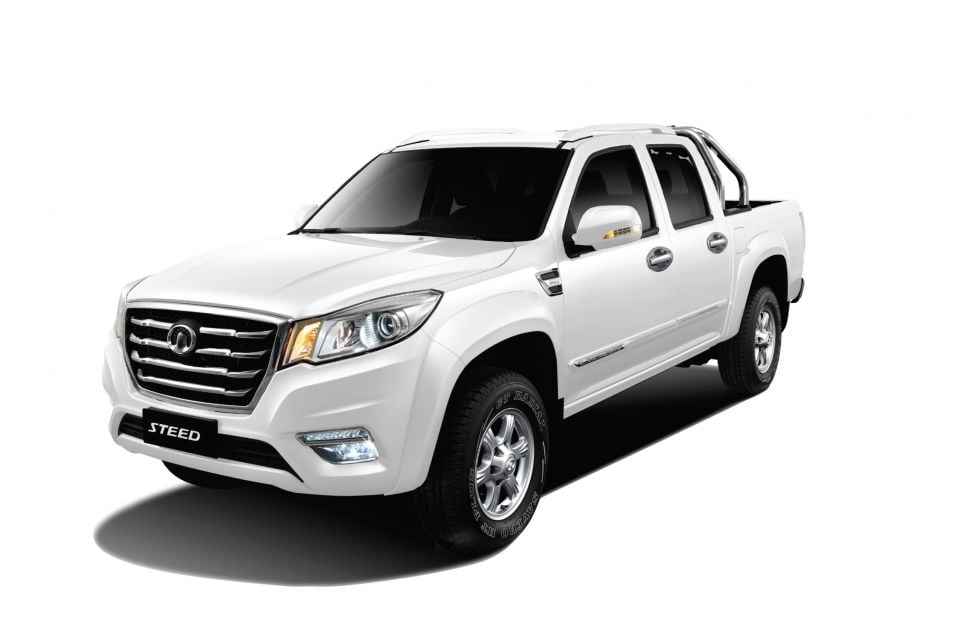
Great Wall Motors hasn’t officially taken the Steed behind the barn yet but it’s only a matter of time as the new GWM Ute (aka Cannon) is rolled out to showrooms nationwide.
The Steed represents the old Chinese way of doing business in the Australian car market. Like the V240 and SA220 utes that introduced the Great Wall brand (and Chinese cars in general) to Australians, the Steed has an absolutely bargain basement price going for it and a kind of honest simplicity… but not much else.
A two-star ANCAP safety rating is the most damning indictment against the Steed, as is the complete lack of active safety technology. Even its countryman the LDV T60 has a five-star rating, though it starts at more than $10,000 more.
Likewise, the new GWM Ute promises to be safer and offers features like autonomous emergency braking. But it also costs around $10,000 more which means when the Steed is finally euthanised, the dirt-cheap Chinese ute may die with it.
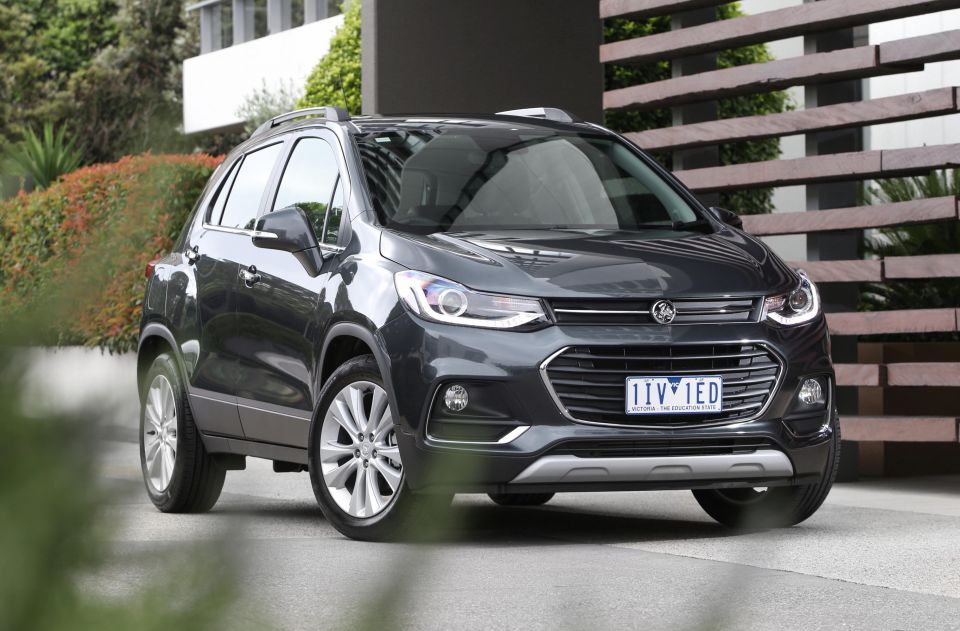
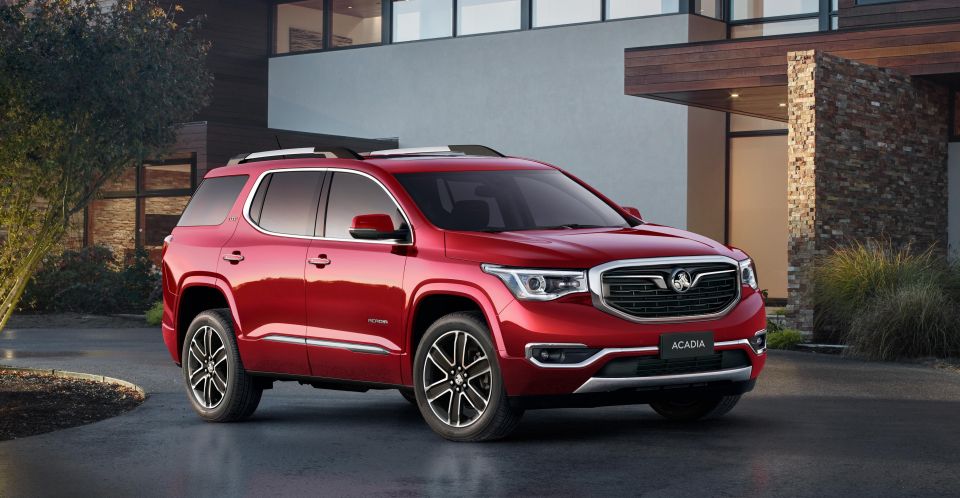
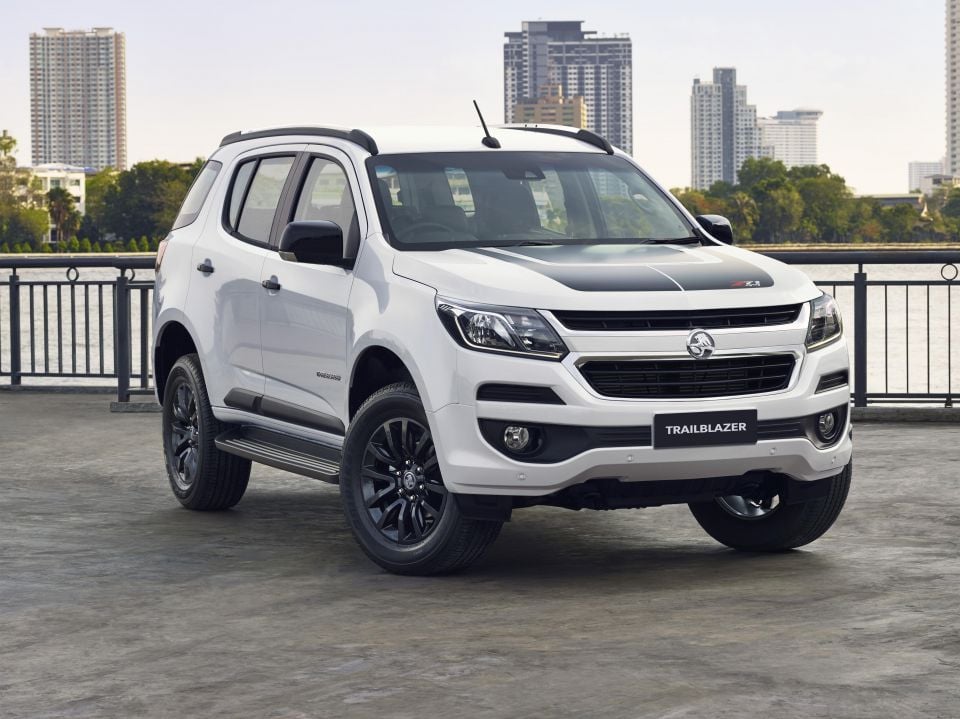
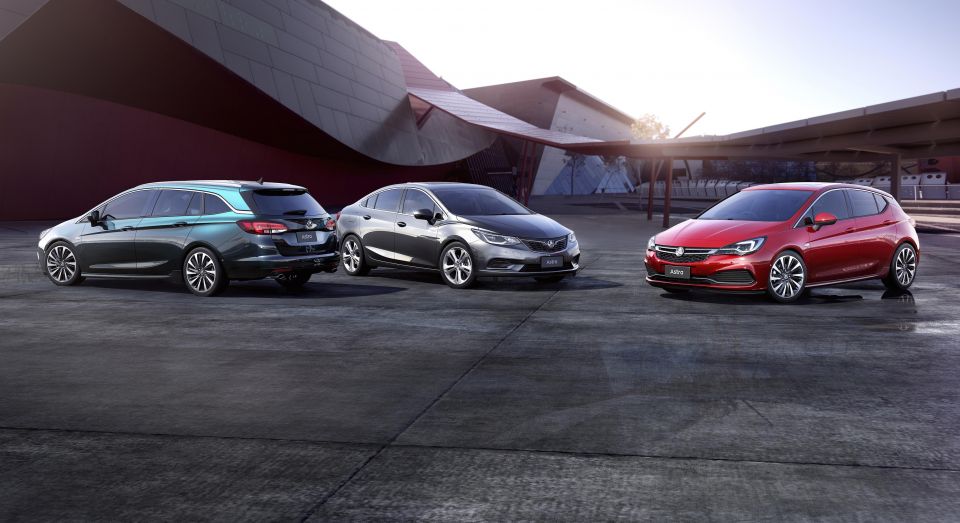
Holden had already been trimming its range in recent years, dropping the Spark (2018) and Barina and Astra Sedan and Sportwagon (2019).
Late last year, Holden announced it was dropping the Astra hatch and Commodore range following the sale of Opel, their manufacturer, to Groupe PSA, leaving Holden as a ute and SUV-only brand. But then just a few months later in February, General Motors announced it was shuttering Holden entirely.
That meant the run-out Astra and Commodore were joined by a range of run-out Holdens, comprising the Trax, Equinox, Acadia and TrailBlazer SUVs and the Colorado ute. There’s a tiny amount of stock left, with just 203 new Holdens sold last month.
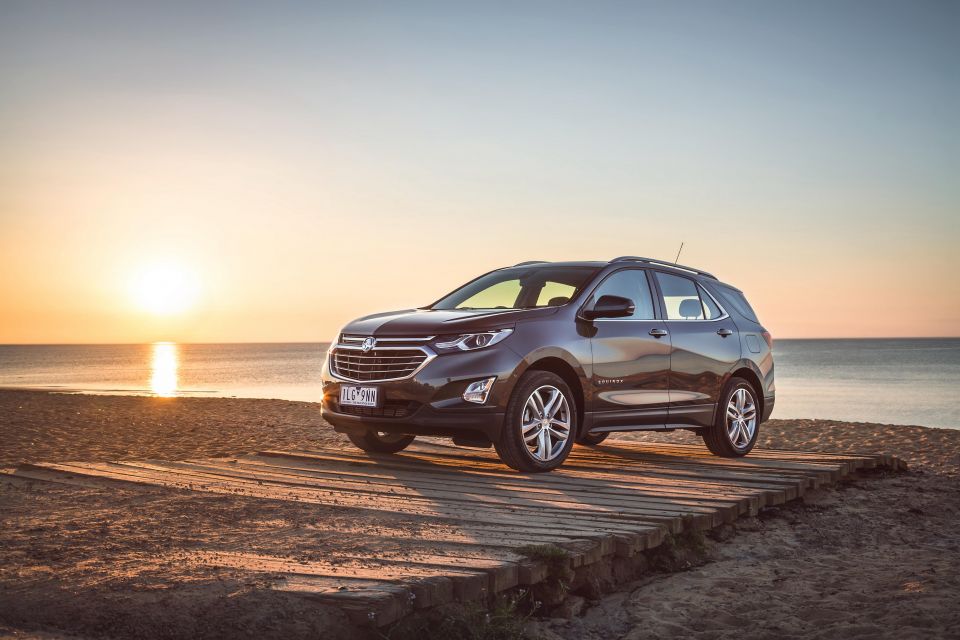
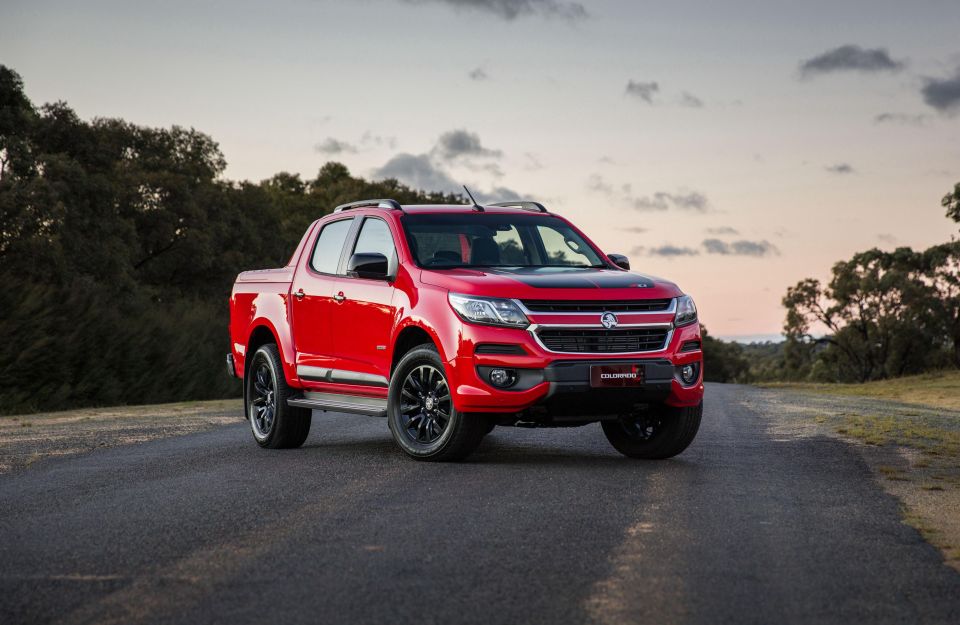
Some of these Holden models were cut down in their prime, others were past it. The Colorado and Trailblazer, for example, were perfectly serviceable models battling newer and fresher competition. The Trax was a steady seller for the brand but getting on in years, Holden missing out on its TrailBlazer replacement – yes, they reused the name.
While the Astra, Commodore, Equinox and Acadia suffered from bland interiors and a tarnished reputation, they were all solidly competitive vehicles. Unfortunately, they weren’t given much of a chance to turn things around for the ailing Australian brand.
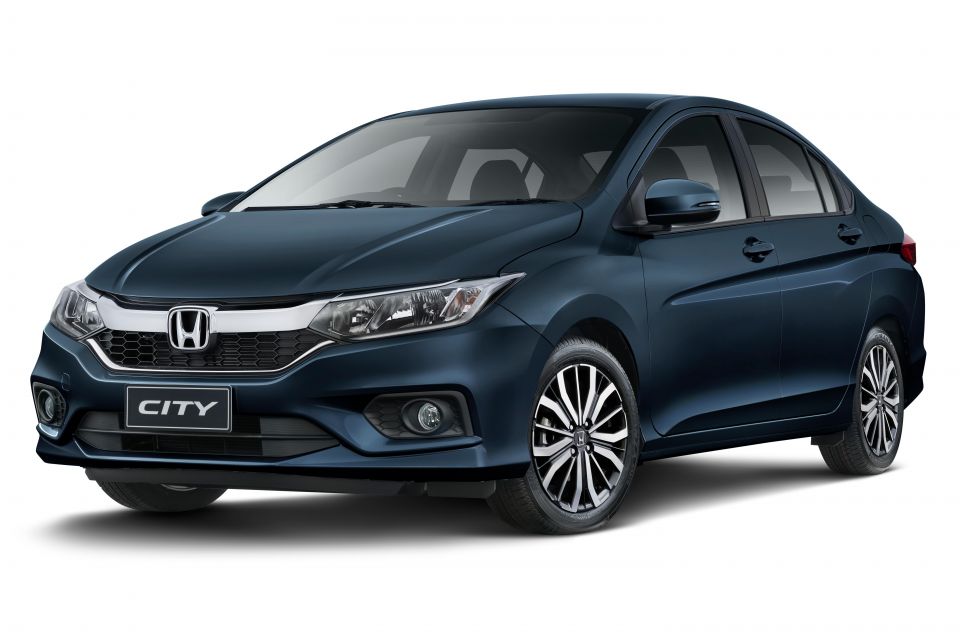
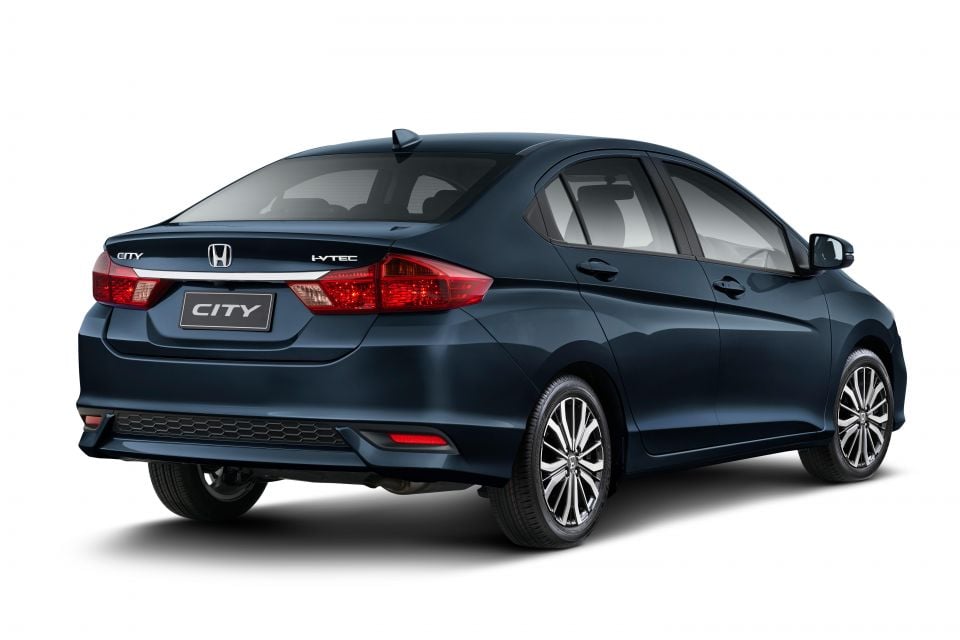
You may have already forgotten Honda had a second entrant in the light car segment, the City sedan. Based on the same platform as the more popular Jazz and sold for two generations, the three-box City lived in the shadow of its more practical counterpart.
Sold predominantly in Asian markets like Thailand, the City has been renewed for another generation which debuted in late 2019. But with Honda paring down its model range and dealer network as it switches to a fixed-pricing model, there’s no room for the City – at least not in this country. It was withdrawn from local price lists earlier this year.
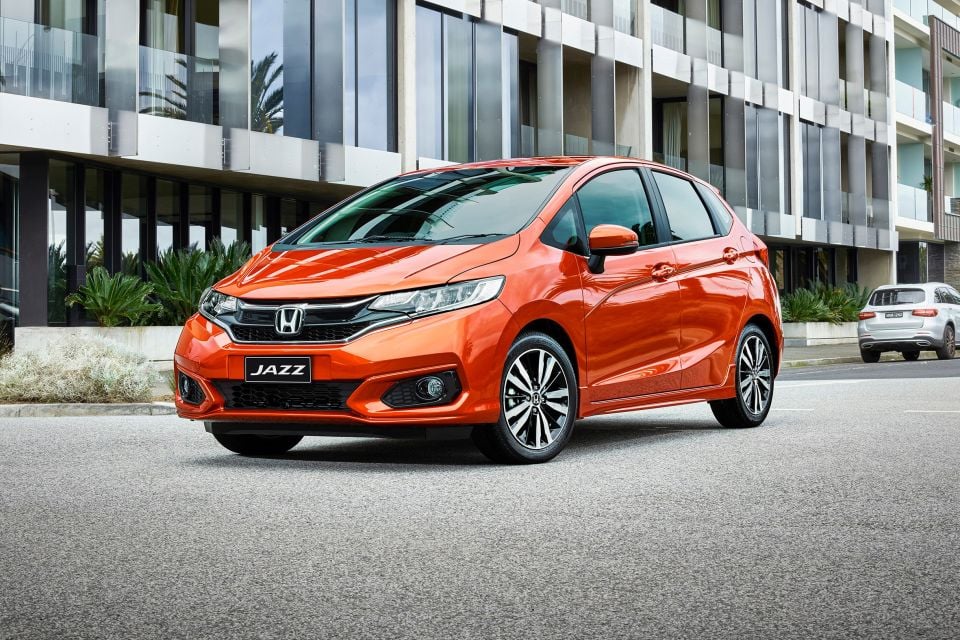
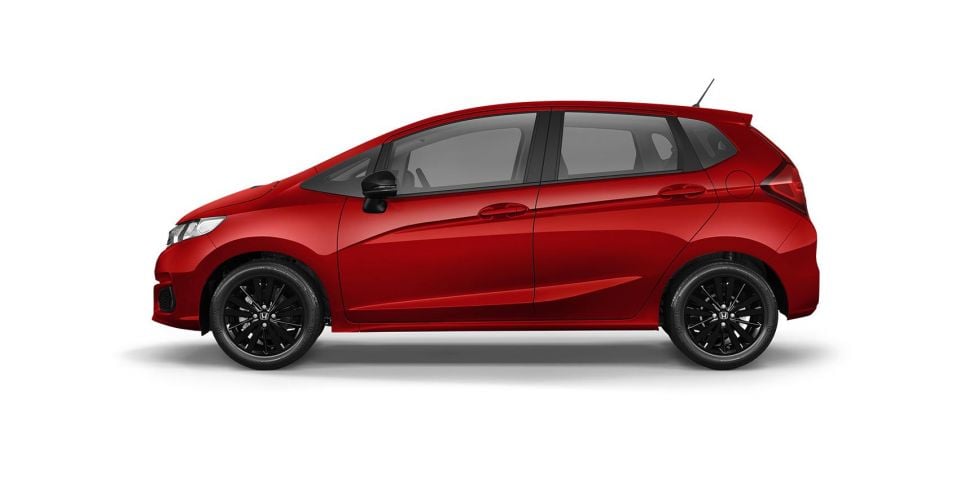
There are a great many Hondas we’d love to see here but we don’t get, from the cute little E electric hatchback to the turbocharged 2.0-litre Accord and the large, US-built Pilot and Ridgeline.
Add the Jazz to that list, as the fourth-generation model has been introduced in markets like Japan and Europe but kept away from our market.
Evidently, being able to sell light cars at an acceptable price point in Australia while still making money is proving difficult. That’s why we’re missing out on the new Jazz, as well as non-ST versions of the Ford Fiesta, non-N versions of the Hyundai i20, plus the latest Nissan Micra and Renault Clio.
So while lower-volume Hondas like the Odyssey and Accord will live on, the current, third-generation Jazz will disappear from local price lists early in the new year.

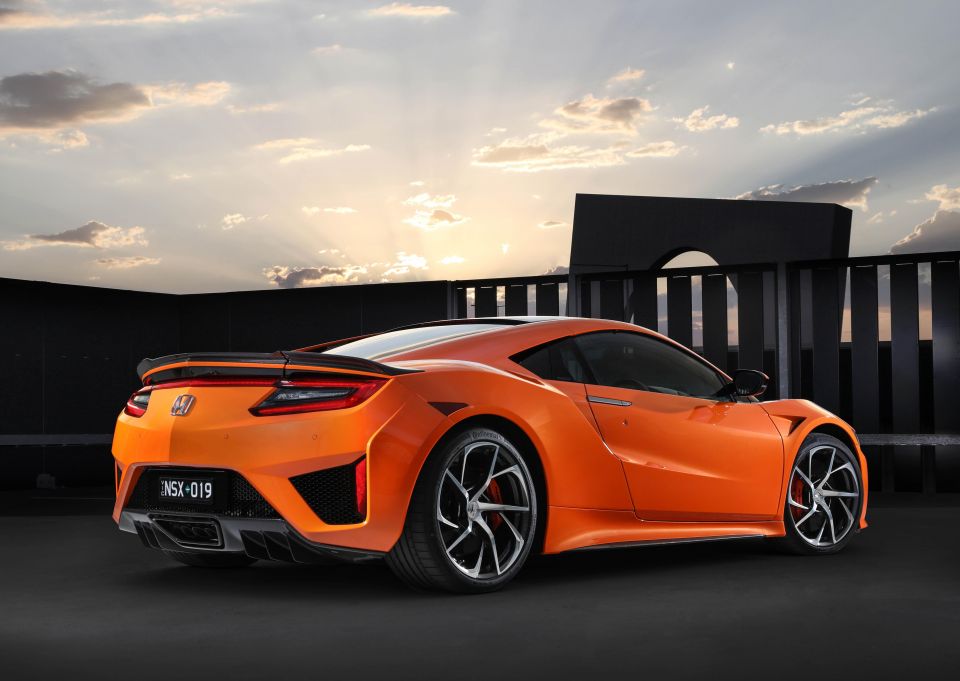
Always a special-order vehicle, Honda Australia has sold just nine examples of its $420,000 flagship since its launch in 2016. That pricing had the NSX breathing rarefied air, coming in at only $40,000 less than an all-wheel drive Lamborghini Huracan Evo but costing more than the rear-wheel drive model.
The original NSX used a mid-mounted, naturally-aspirated V6 engine but the resurrected model was reimagined as an all-wheel drive hybrid with a 3.5-litre twin-turbocharged V6 engine mated to three electric motors, a battery pack and a nine-speed dual-clutch automatic transmission. Total system output was a heady 427kW of power and 646Nm of torque.
Though it was a technologically impressive halo model for the brand, Honda Australia quietly dropped it from price lists earlier this year.
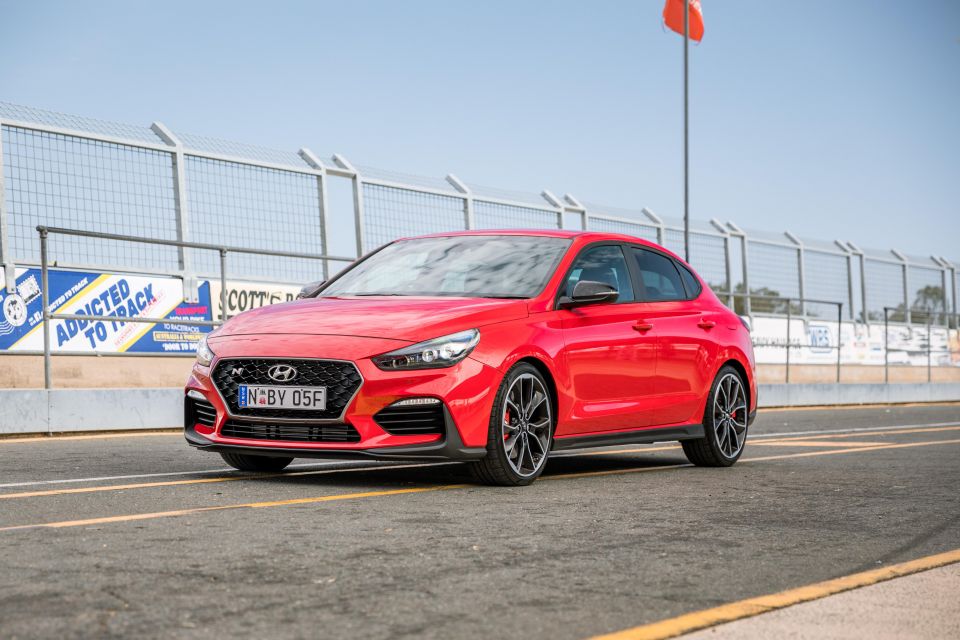
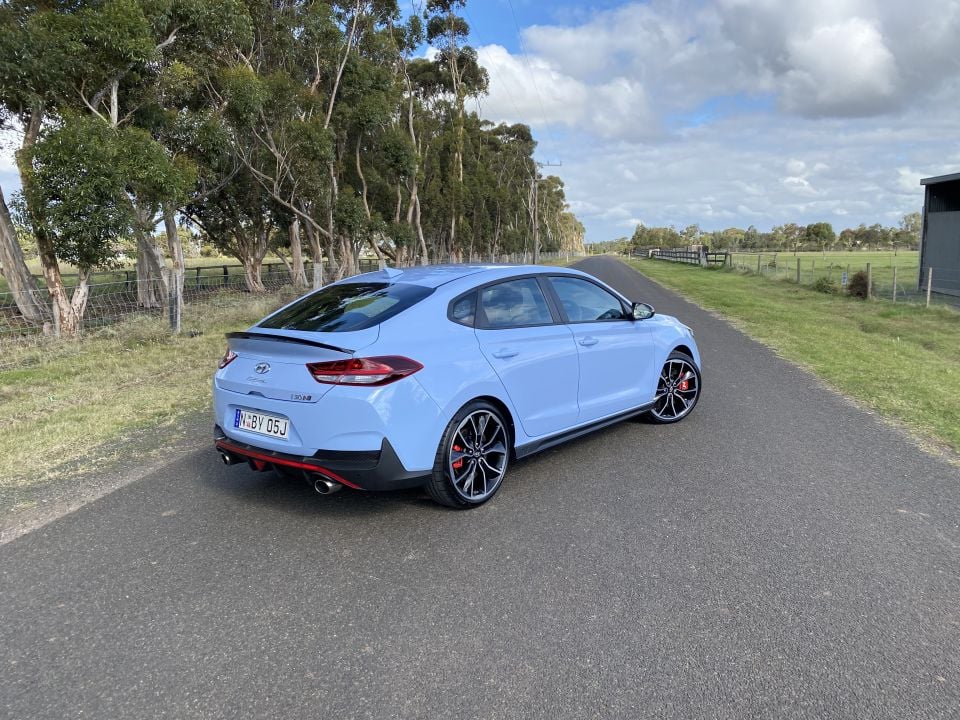
Though a wider range of i30 Fastbacks are available in Europe (and will continue to be), Hyundai only brought the body style here in high-performance N trim. But when the updated Hyundai i30 N hatchback arrives in the first quarter of next year, CarExpert understands it won’t be accompanied by an updated Fastback.
While that’s sad news for those who want the i30 N hatchback’s performance in a more distinctive body, the good news is it’ll have an indirect replacement in the shape of the striking new i30 Sedan N.
Speaking of the i30 Sedan, its arrival technically spells the end of the Elantra in name if not in spirit as the new car still wears that old name in other markets.
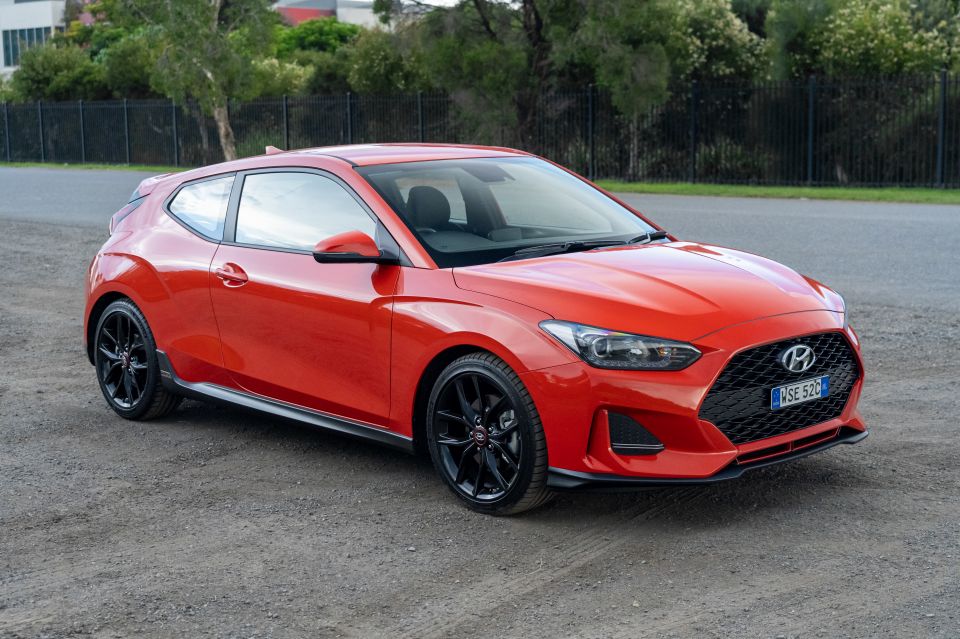
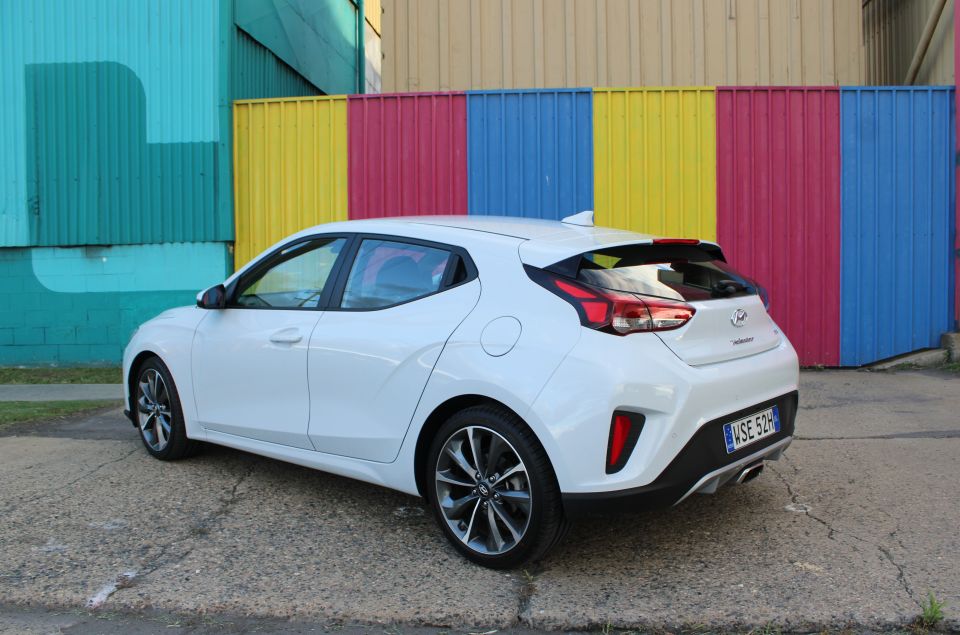
Hyundai confirmed just before Christmas it had discontinued the Veloster, the quirky hatchback coupe in run-out mode with enough stock to last until mid-next year.
The company is choosing to focus on its N Line and N range, which is expanding to include a new i30 Sedan N Line and N, a dual-clutch automatic for N models, and N Line and N variants of the updated Kona. While there’s a Veloster N available in other markets, it never came here.
Hyundai has sold 586 examples of the Veloster to date in 2020 and 846 since this generation’s introduction. That’s still good enough to make it the second best-selling sports coupe under $80,000, though the more expensive Ford Mustang sells more than four times as well.
Veloster sales have also slumped considerably. Rewind just five years and it was selling more than four times as well, while 2012 was a high watermark for the line with 4107 sales.
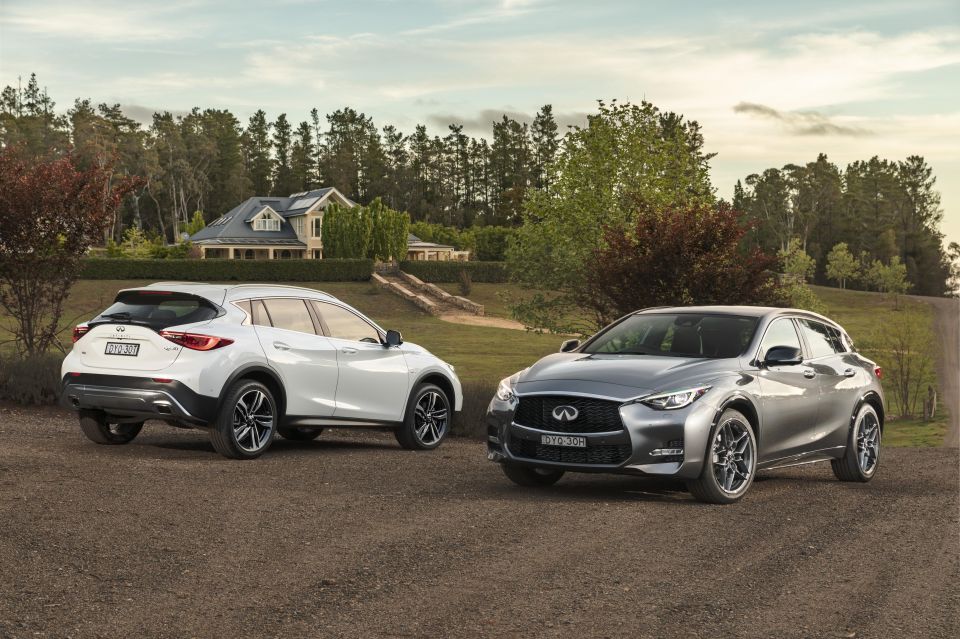
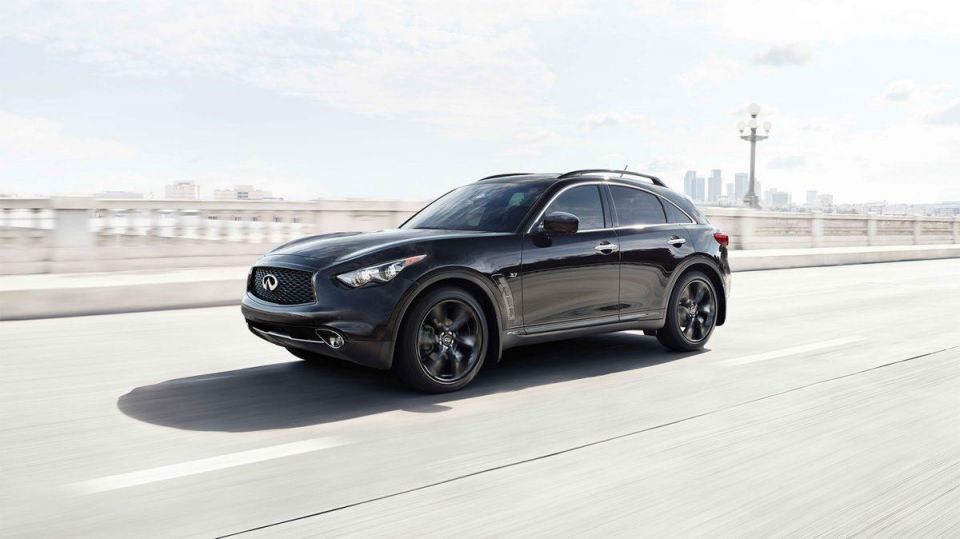
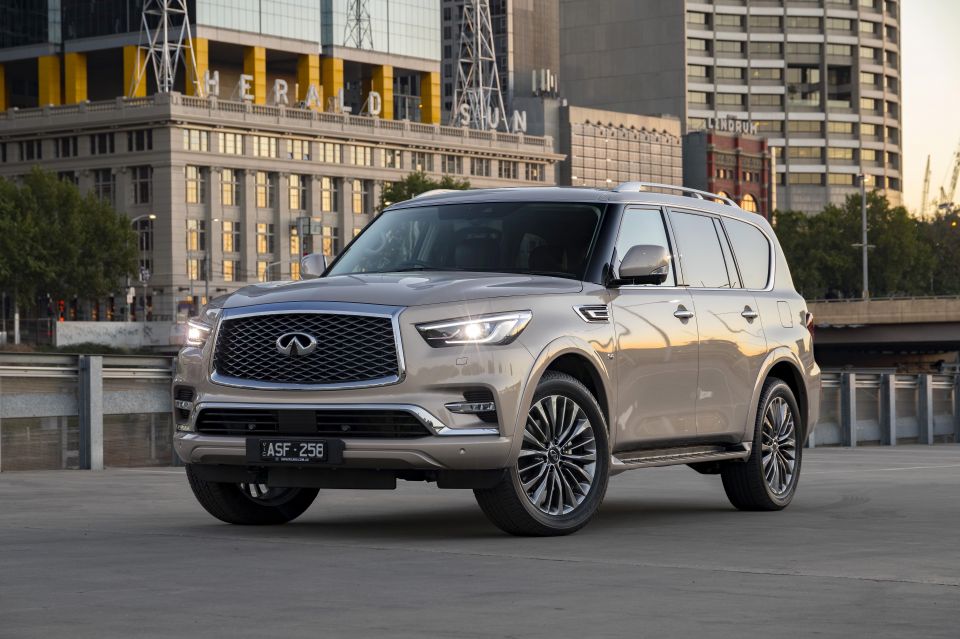
Infiniti’s presence in Australia proved decidedly finite. After seven years of meagre sales, Nissan’s luxury brand announced last year it’d wrap up operations here in 2020.
The company now appears to have sold all remaining stock of its range, which by the end consisted of the Q30/QX30 hatchback as well as the Q50 sedan and Q60 coupe siblings, the slinky QX70 crossover and the Patrol-based QX80.
None of these models were class leaders but they added diversity to the luxury car market. The QX70 presaged today’s coupe SUVs albeit with much more balanced styling, though Infiniti left this sporty SUV – riding the same platform as the Nissan 370Z – to wither on the vine.
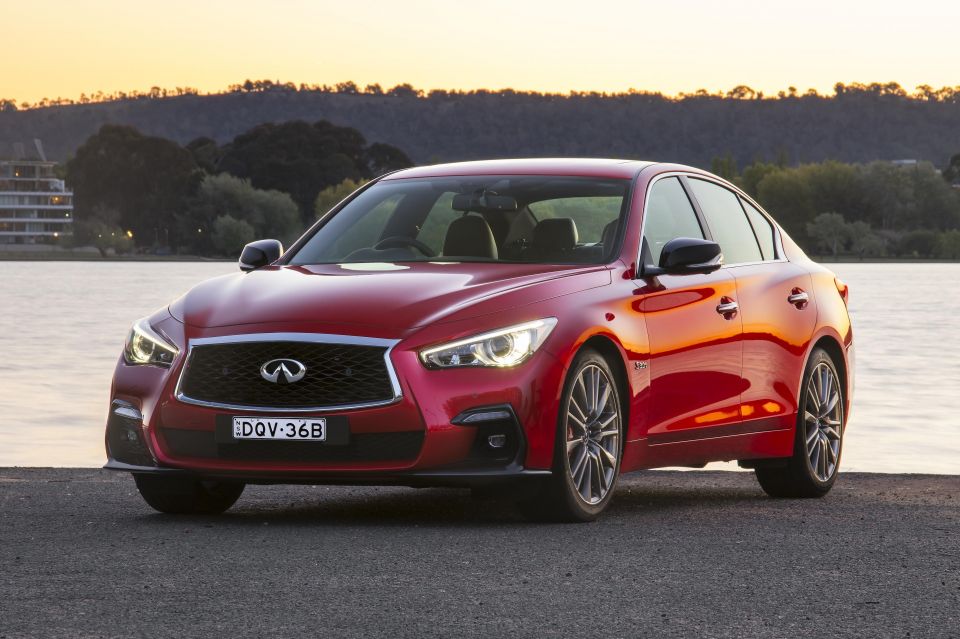
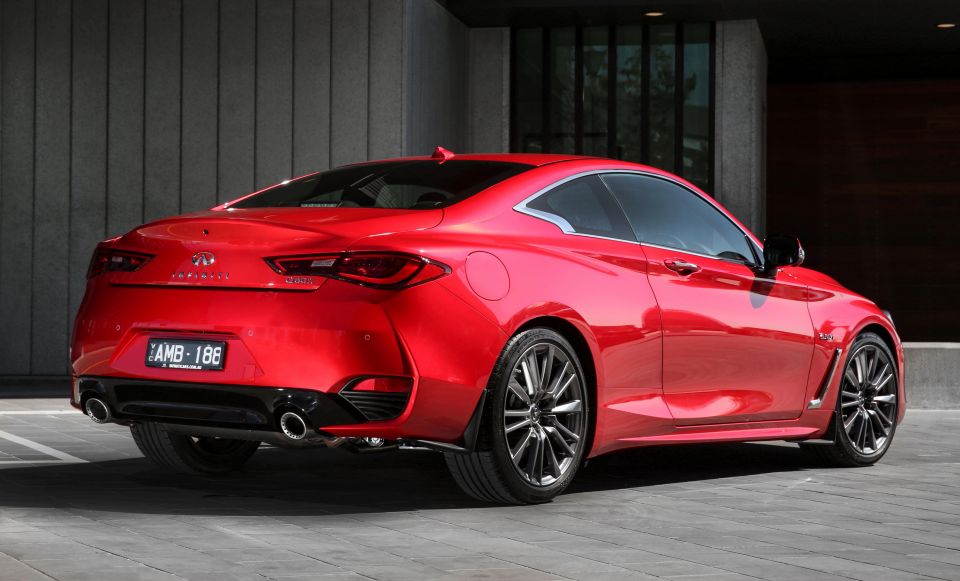
Performance could also be had in the Q50 and Q60 which, though opening with Mercedes-sourced turbocharged 2.0-litre fours, also offered a pair of twin-turbocharged 3.0-litre V6 engines with up to 298kW of power and 475Nm of torque, plus a gutsy V6 hybrid with a 0-100km/h time of just 5.1 seconds. It’s a pity Infiniti hamstrung these models with its steering-by-wire technology.
Less exciting were the Q30 and QX30, which took a Mercedes-Benz A-Class and gave it challenging styling, and the QX80, which took the already well-equipped Nissan Patrol and gave it more luxury items and, yes, more challenging styling.
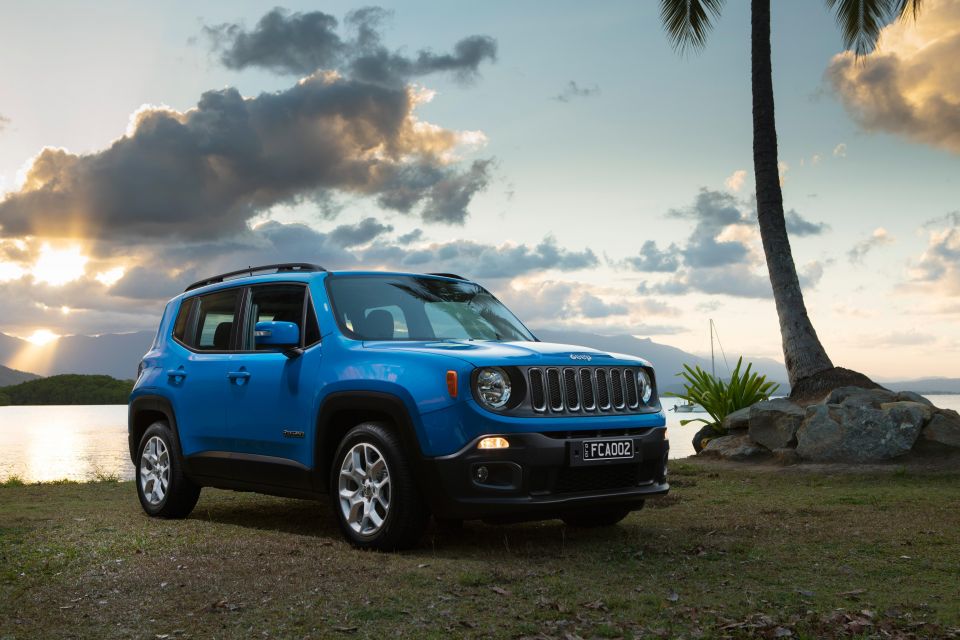
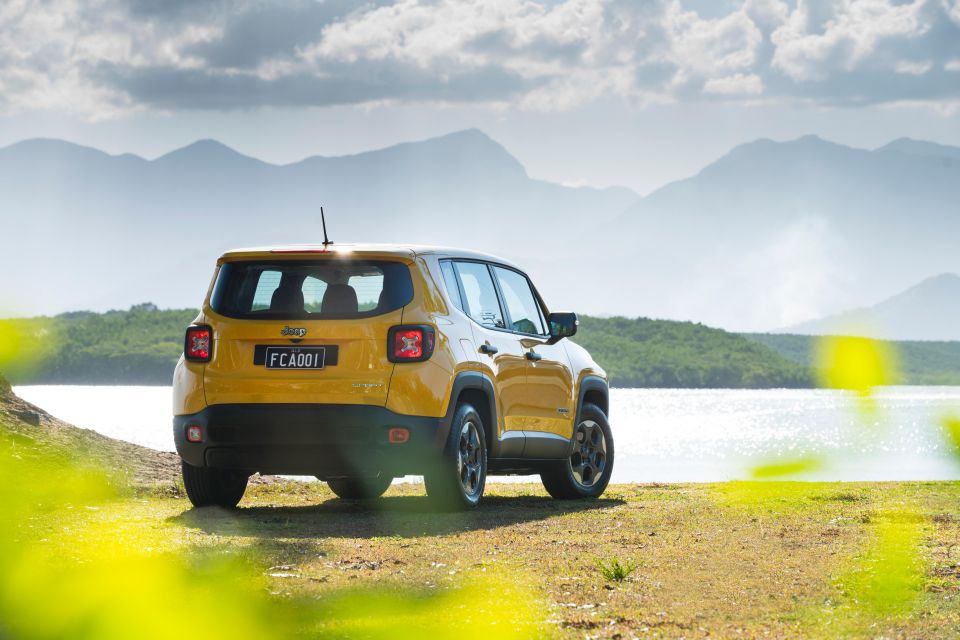
It was no surprise when Jeep confirmed it was pulling the plug on its smallest SUV, the Renegade, earlier this year. Consider this: in the booming small SUV segment, Jeep sold just 70 Renegades last year, meaning it outsold only the Citroen C3 Aircross and was trounced by the likes of the Peugeot 2008 and Renault Captur – hardly volume-selling models.
This year, Jeep sold just two Renegades, evidently leftover stock.
Its price range largely overlapped with that of the Compass, which managed to outsell it by more than 10-to-one last year. Perhaps that car’s more mature styling better resonated with buyers, though the Renegade will live on in markets like Europe. There, both it and the Compass have also added 4xe plug-in hybrid variants this year.

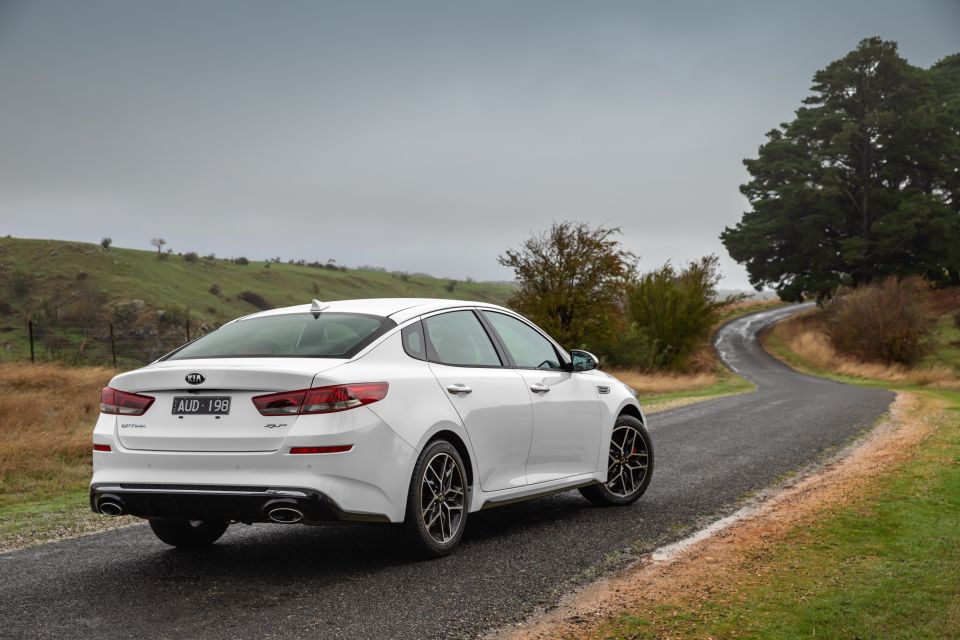
Hyundai recently announced its next-generation Sonata would come here only in flagship N Line trim, foregoing the previously announced lower-end models. Kia, in contrast, has decided to forego the mid-sized segment entirely, both here and in the UK.
Though the Optima’s replacement, the K5, has gone on sale in markets like Korea and the US, it’s been ruled out for right-hand drive markets. It’s a shame as it continues to offer a dashing silhouette like the last two generations of Optima.
Buyers seeking a roomy three-box Kia here will instead have to look to the decently spacious Cerato or the sportier, more premium Stinger. It’s some premium, too – even comparing the base, turbocharged four-cylinder 2021 Stinger 200S to the outgoing Optima GT, you’re looking at a price around $6000 higher.
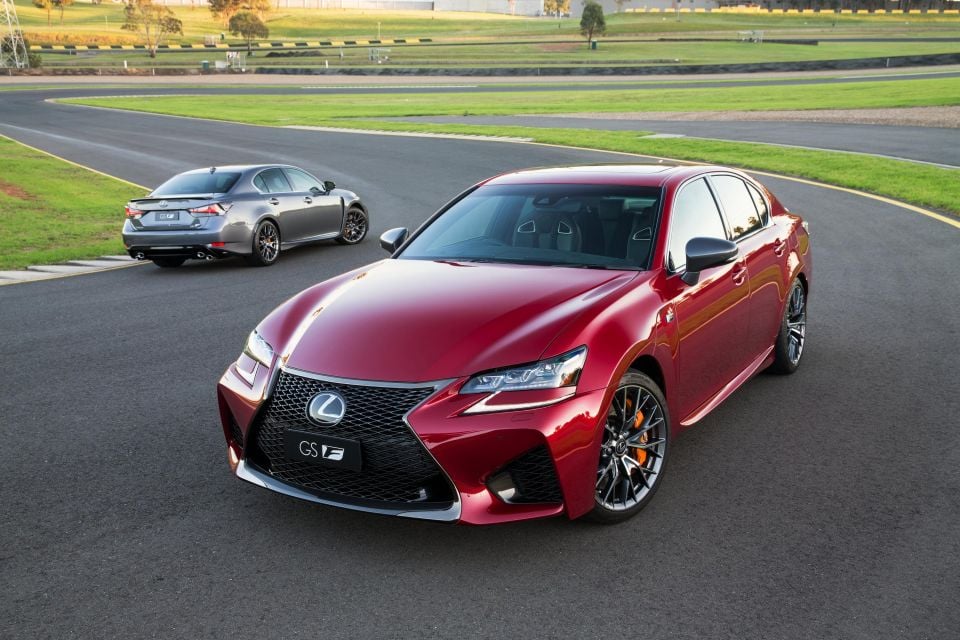
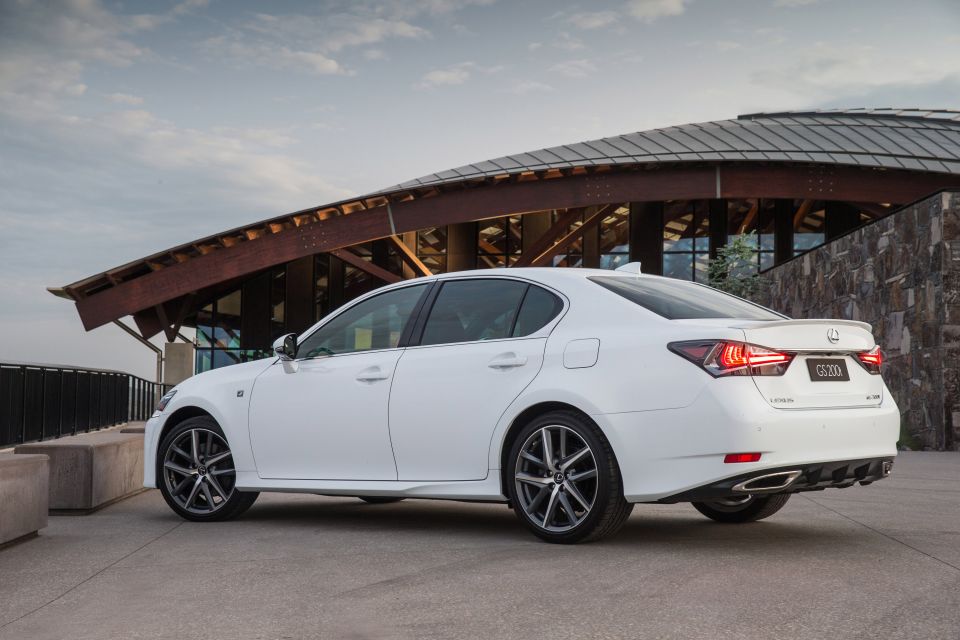
Unless it has a BMW or a Mercedes-Benz badge, it’s getting harder and harder for a large luxury sedan to sell in any meaningful numbers in Australia. The Maserati Ghibli is a fairly steady seller and the Audi A6 and Genesis G80 are posting increases but they’re all well behind the 5 Series and E-Class, while the Jaguar XF is in the weeds.
Only the Lexus GS could make the XF look like a strong seller. Introduced back in 2012 and last updated in 2016, the GS was left behind by a segment that has been faltering itself.
Despite its paltry sales volumes in recent years, the GS still offered a choice of four different powertrains including a turbocharged 2.0-litre four-cylinder (GS300) and a naturally-aspirated 3.5-litre V6 (GS350) also available with a hybrid system (GS450h).
The saddest news is the loss of the burly GS F, powered by a sonorous 5.0-litre V8 engine. Lexus may have a more modern, similarly-sized if indirect replacement for the GS in the ES300h but no front-wheel drive hybrid sedan could replace the hole in our heart left by the demise of the GS F.
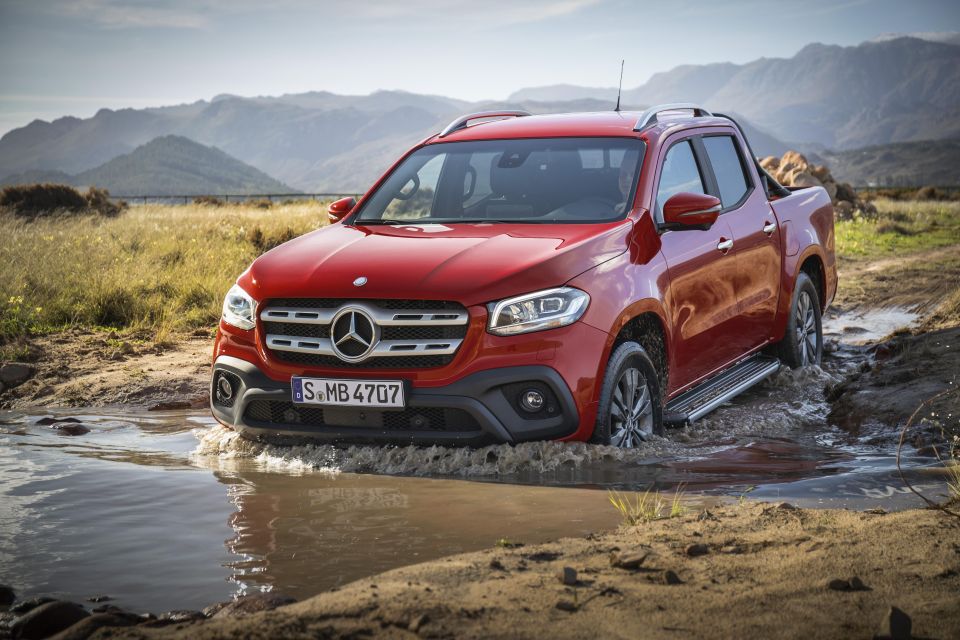
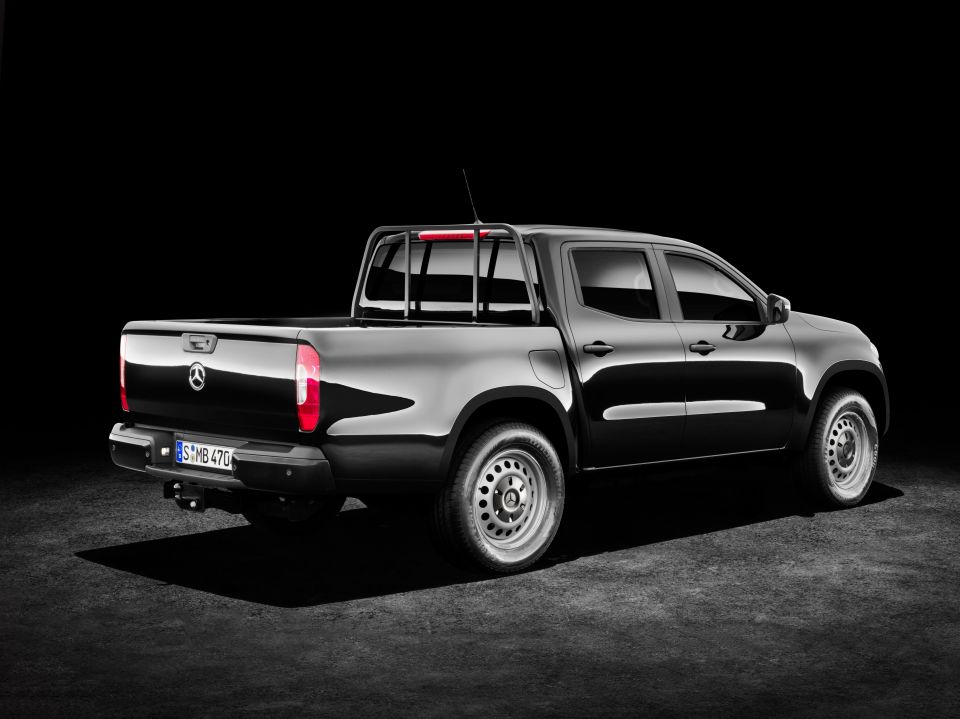
Utes tend to stick around for a long time between redesigns. Not so Mercedes-Benz’s first ute.
The Nissan Navara-derived X-Class was unveiled less than three and a half years ago but Mercedes-Benz announced it was pulling the plug early this year.
Slow sales were to blame. You don’t have to twist Australians’ arms to get them to buy utes and yet the X-Class underperformed here, with sales both this year and last year below that of the pricier Ram 1500, let alone similarly-sized utes.
Mercedes made significant changes to the Navara before it put its three-pointed star badge on, including a heavily revised interior, retuned suspension and unique sheetmetal.
The German automaker also used its own V6 diesel engine, though the 2.3-litre four-cylinder turbo-diesels were borrowed from Nissan. Whether it was the perception it still shared too much with the Nissan or whether buyers just weren’t aware Mercedes sold utes, the X-Class proved to be a short-lived failure.


A lot of plug-in hybrids and all-electric vehicles never even make it to Australia, as our market remains a low priority for automakers due to more relaxed emissions standards and low PHEV and EV demand. Credit to Renault for bringing its all-electric Zoe here anyway, even if those very reasons are why plans to bring an updated model were scrapped.
Since its local launch in 2017, Renault has sold just 132 of this MG 3-sized electric hatchback. In contrast, Alliance partner Nissan has sold more than twice as many of its larger Leaf this year alone. That significantly better sales performance is perhaps most easily attributed to the Leaf’s almost identical price – a boon for a larger, more practical vehicle – and its superior name recognition.
Renault’s focus on SUVs and commercial vehicles also means the Clio won’t be returning.
The latest generation was originally set to arrive in the middle of this year, with stock of the previous generation model almost entirely gone as the calendar flicked over to 2020. As expected, Renault cited the lack of a business case for a car in the declining light car segment.
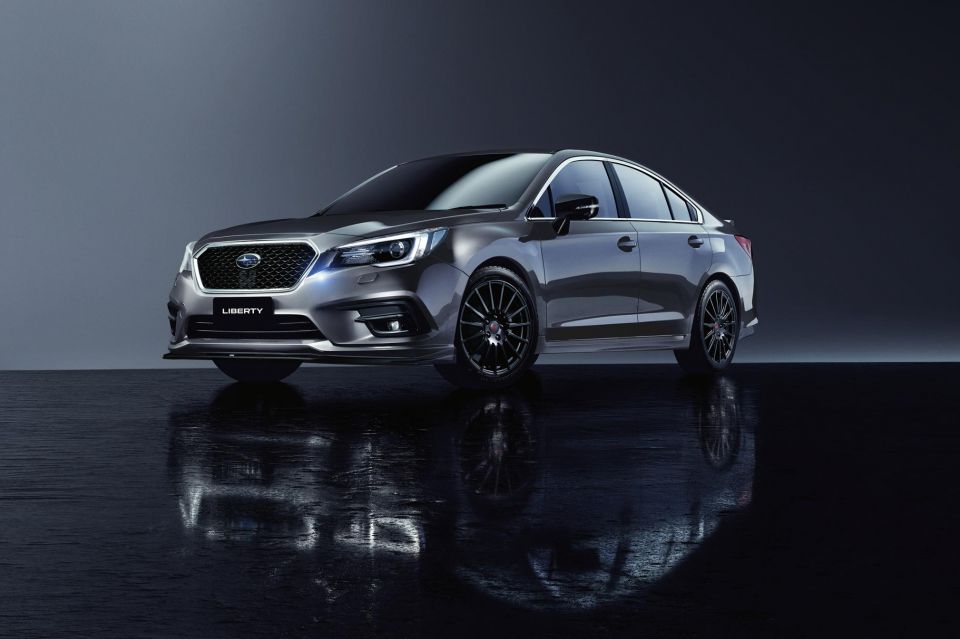
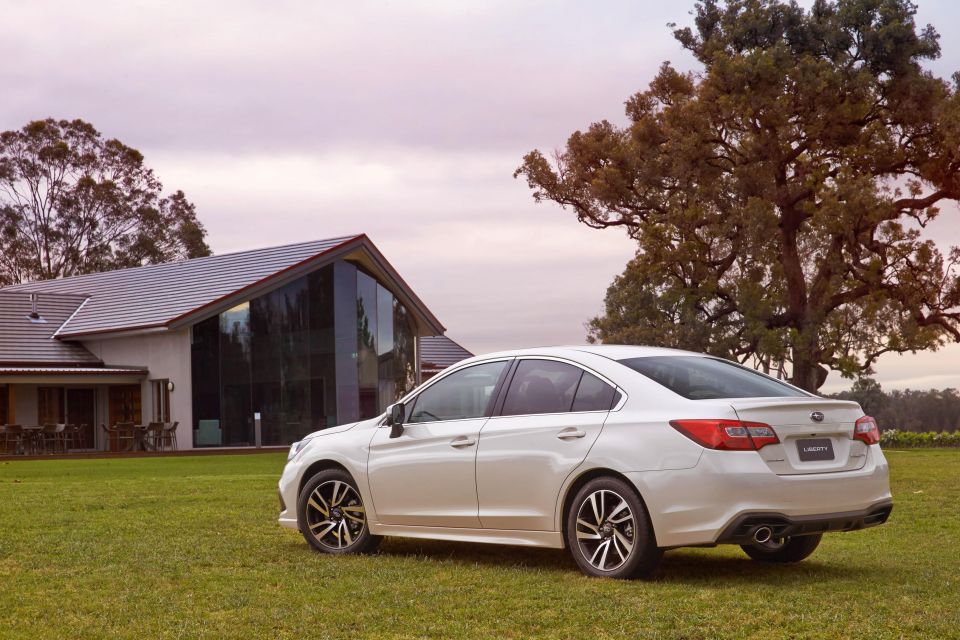
The mid-sized segment has experienced some lean times in the past but well into the crossover era it’s been decimated. How else to explain the loss of one of the segment’s stalwarts, the Subaru Liberty, after 31 years on the Australian market?
The line itself lives on in the North American market, with the seventh-generation Legacy (as it’s called everywhere else) introduced there last year. In a sign Australia isn’t the only market eschewing sedans, Subaru’s own home market of Japan won’t even be getting the new car.
While it may seem shocking to see an established nameplate disappear, not to mention one that’s the fourth best-selling car in its segment, the mid-sized passenger car segment accounts for only around four per cent of the overall market. It’s also down 24.6 per cent year-to-date.
The Liberty lost its wagon with the current generation but the good news is the spirit of the Liberty lives on. Its high-riding wagon sibling, the Outback, has been redesigned and the new model arrives here next March.
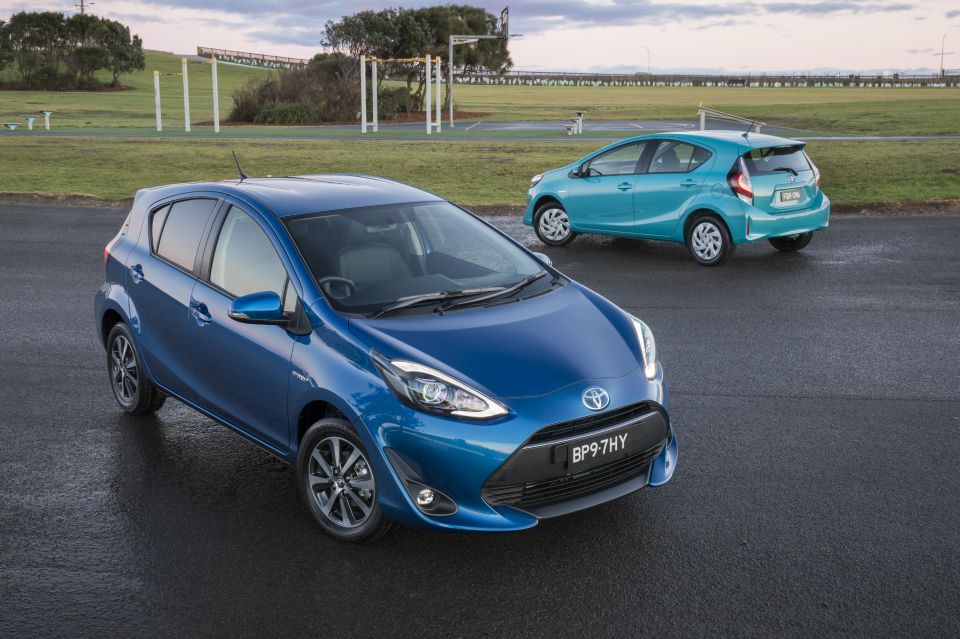
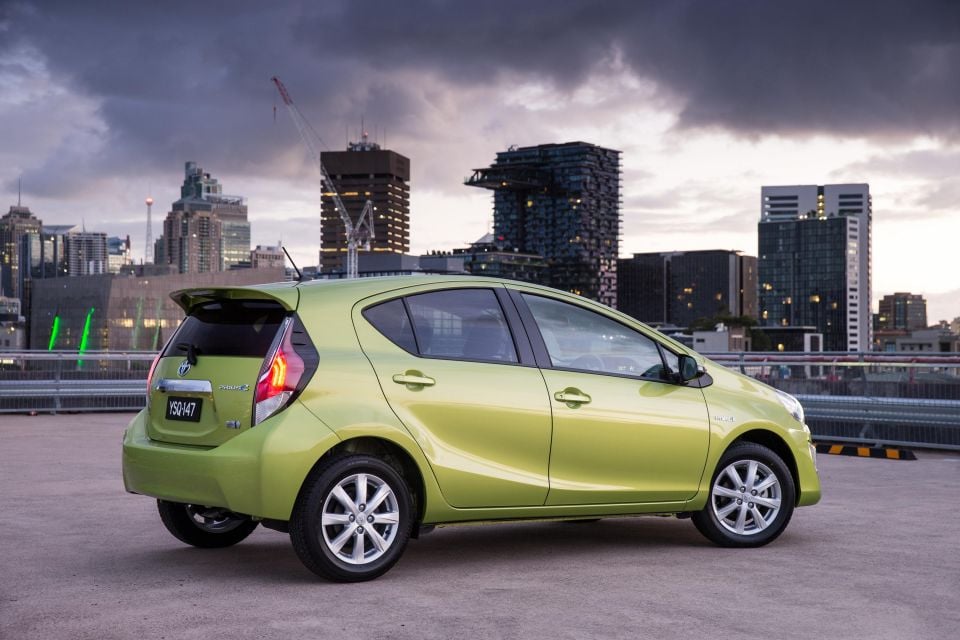
As Toyota rolls out hybrid versions of virtually every one of its vehicles, dedicated hybrid models like the Prius C have become largely irrelevant. Though it’s expected to see a second generation in Japan, where it’s often sat at the top of the sales charts, it’s been removed from Australian price lists.
That’s despite it being the best-selling member of the Prius family as recently as last year and still managing to be just three units off from its larger Prius sibling this year despite its discontinuation.
Still, when you can get a much more modern, more powerful and similarly efficient Yaris Hybrid or Corolla Hybrid for not much more money, there’s little point to the Prius C.
What car will you miss the most? Let us know in the comments.
William Stopford is an automotive journalist with a passion for mainstream cars, automotive history and overseas auto markets.


Damion Smy
54 Minutes Ago


Damion Smy
2 Hours Ago


Matt Robinson
5 Hours Ago


Damion Smy
5 Hours Ago


Damion Smy
19 Hours Ago


Damion Smy
20 Hours Ago